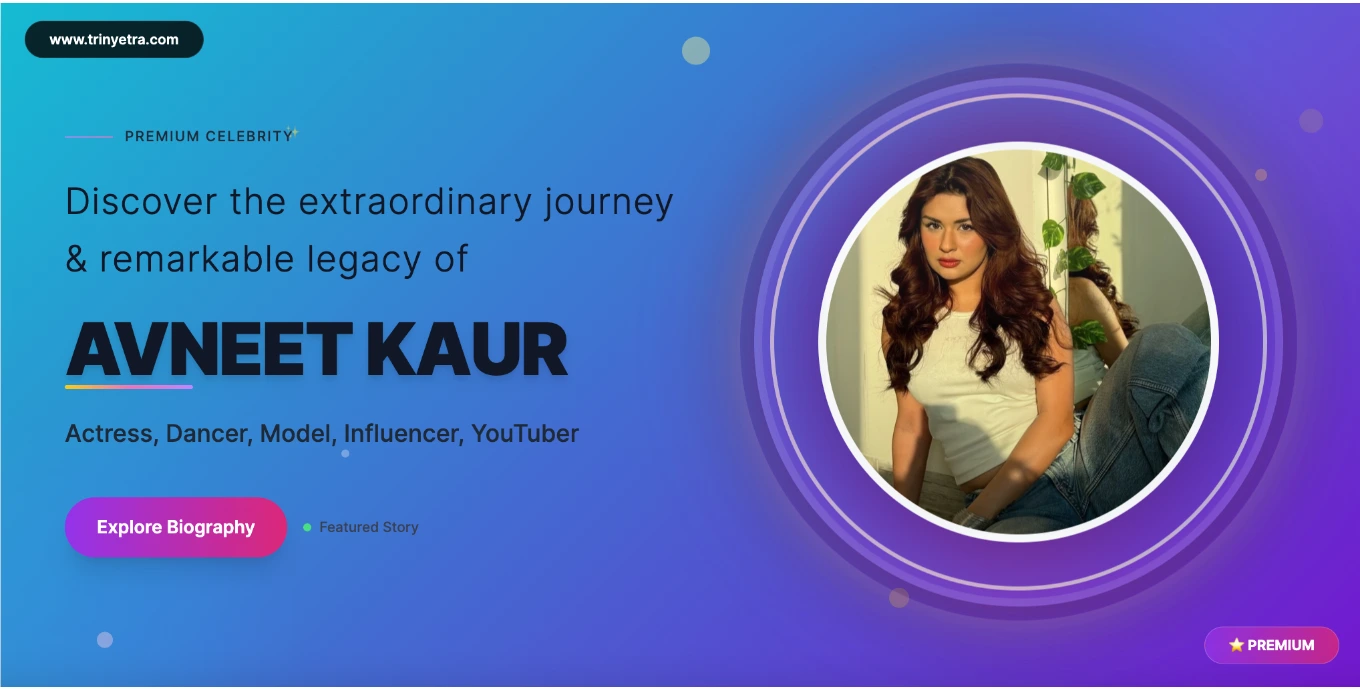 Bollywood
Bollywood
Anaya Bangar Biography, Age, Transition Journey, Cricket Career & Latest Updates
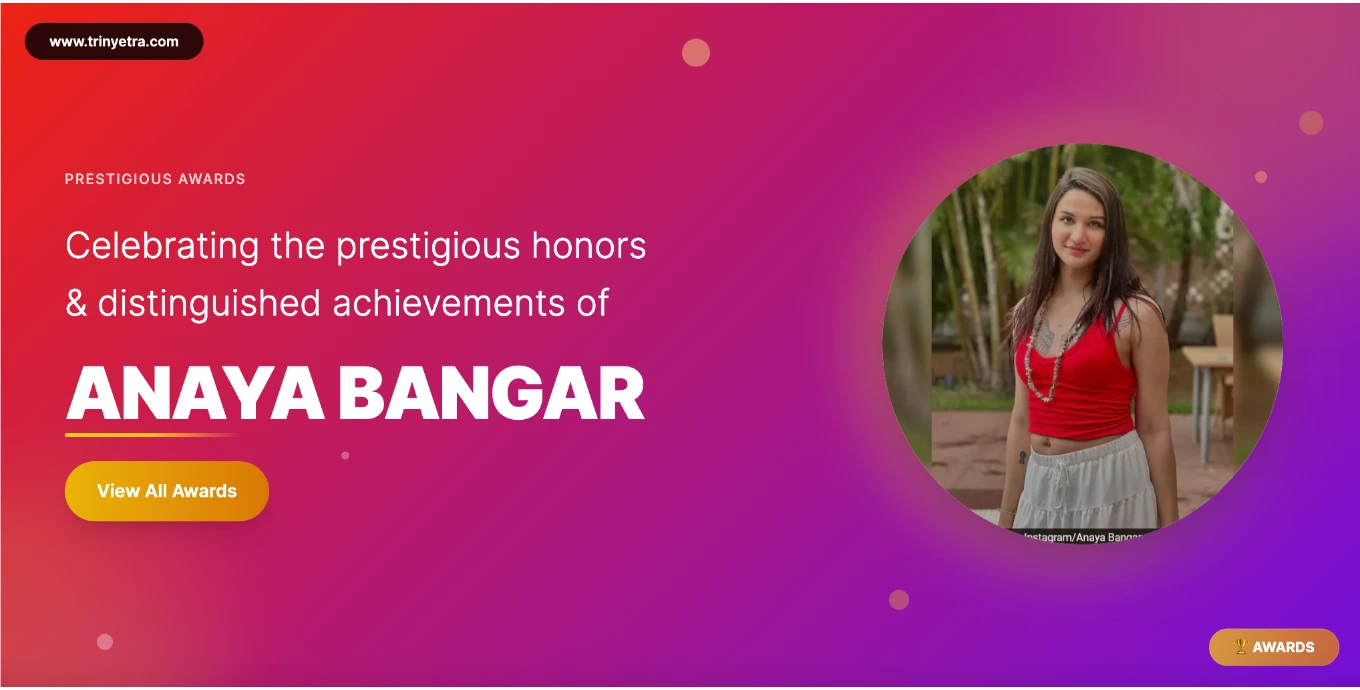
Anaya Bangar represents a groundbreaking story in Indian sports—a transgender cricketer who publicly transitioned in 2023 while navigating the challenges of professional athletics in a country where LGBTQ+ rights remain contentious. For US/UK audiences familiar with transgender athletes like Caitlyn Jenner (athletics) or Schuyler Bailar (swimming), Anaya's journey parallels these pioneering stories but occurs within India's significantly more conservative social context and cricket-dominated sports culture.
Born as Aryan Bangar on December 26, 2000, she is the daughter of Sanjay Bangar, former Indian cricketer and batting coach for the national team. This cricket legacy created both opportunities and immense pressure—while her father's connections provided access to elite training facilities and coaching, transitioning while being the child of a prominent cricket figure meant facing intense public scrutiny in India's cricket-obsessed media landscape.
Understanding India's cricket culture is essential for international audiences: cricket isn't just a sport but a near-religious obsession, with players achieving celebrity status rivaling Bollywood stars. The sport remains deeply masculine in public perception, with women's cricket only recently gaining recognition. A transgender woman attempting to continue her cricket career post-transition challenges fundamental assumptions about gender, sports, and Indian identity—making Anaya's story culturally significant beyond individual courage.
With an estimated net worth of $38,000 USD / ₹32 lakh (2025), Anaya supports herself through her UI/UX design firm "Anaya Innovation" while advocating for transgender inclusion in sports. Currently residing in Manchester, UK, she continues cricket training while building her design career and using her platform to address discrimination, harassment, and the lack of support structures for transgender athletes in India.
For the Indian diaspora, Anaya's story resonates as a representation of changing India—where traditional values meet progressive movements, often creating painful conflicts within families and communities. For domestic Indian audiences, she challenges deep-rooted beliefs about gender binary, family honor, and appropriate life paths for children of prominent figures. Her courage in speaking publicly about harassment by senior cricketers and the emotional toll of transition provides rare visibility for LGBTQ+ struggles in Indian sports.
| Real Name | Aryan Bangar (birth name) |
|---|---|
| Chosen Name | Anaya Bangar |
| Date of Birth | December 26, 2000 (24 years in 2025) |
| Net Worth | $38,000 USD / ₹32 lakh (2025) |
| Height | 5'4" / 162cm |
| Profession | Cricketer, UI/UX Designer, Transgender Advocate |
| Gender Identity | Transgender Woman |
| Transition Year | 2023 (hormone therapy & surgery) |
| Father | Sanjay Bangar (Former Indian Cricketer) |
| Cricket Debut | Islam Gymkhana (2018) |
Table of Contents
- Biography & Cultural Context
- Early Life & Cricket Legacy
- Education & Early Development
- Cricket Career & Training
- Transition Journey (2023)
- Personal Life & Identity
- UI/UX Design Career
- Net Worth & Income Sources
- Physical Appearance & Transformation
- Transgender Advocacy & Activism
- Harassment Revelations & Cricket Politics
- Family Dynamics & Support System
- Life in Manchester, UK
- Latest Updates 2025
- Controversies & Public Discourse
- Interesting Facts & Trivia
- Social Media & Public Platform
- LGBTQ+ Rights in Indian Sports
- Frequently Asked Questions
Anaya Bangar's Biography & Cultural Context
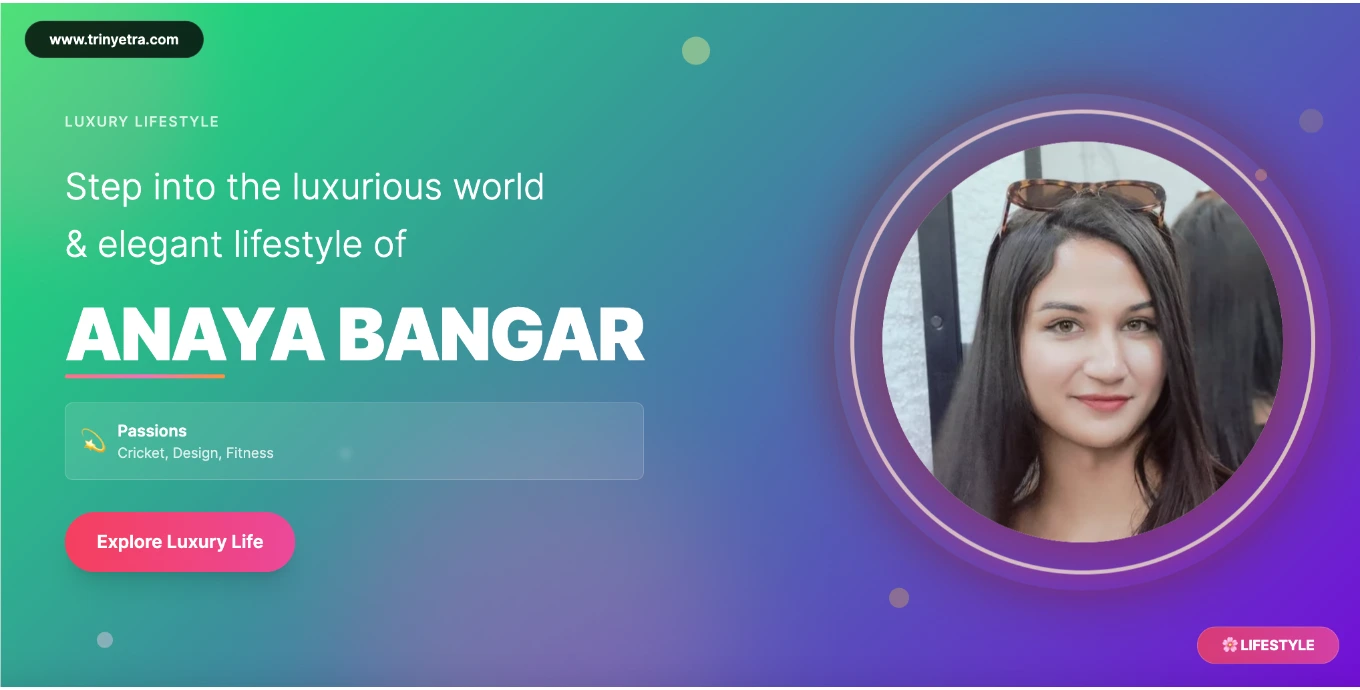
|
Anaya Bangar, born as Aryan Bangar, represents one of the most courageous stories in contemporary Indian sports—a transgender woman who publicly transitioned while attempting to maintain a cricket career in a country where LGBTQ+ acceptance remains limited despite legal progress. Her story intersects multiple sensitive Indian contexts: cricket's hypermasculine culture, conservative family values, religious traditions regarding gender, and the slowly evolving legal landscape for transgender rights.
India's relationship with transgender identity is complex and contradictory. While the country has recognized hijras (a traditional third gender community) for centuries and the Supreme Court granted transgender persons legal recognition in 2014, social acceptance lags significantly. Transgender individuals face discrimination in employment, housing, healthcare, and family relationships. In sports—already struggling with women's representation—transgender inclusion remains virtually non-existent, making Anaya's continued cricket pursuit groundbreaking.
Being Sanjay Bangar's child added unique dimensions to her journey. Sanjay Bangar, a respected former Indian cricketer and batting coach who worked with the national team during crucial periods, represents the traditional cricket establishment. His daughter's transitioning forced him to choose between societal expectations and supporting his child—a dilemma many Indian parents face when children diverge from prescribed paths, but intensified by public visibility and conservative cricket culture.
Anaya's public transition in 2023 through hormone therapy and gender confirmation surgery made her one of the few openly transgender athletes in Indian sports history. Unlike Western countries, where some sports leagues have developed (albeit imperfect) transgender inclusion policies, India lacks such frameworks. Her attempt to continue playing cricket post-transition revealed systemic barriers: no clear eligibility guidelines, institutional confusion about which teams she could join, and cultural discomfort from fellow players and officials.
Her dual career as a UI/UX designer provides financial independence crucial for maintaining autonomy. Many LGBTQ+ Indians rely on family financial support, creating power dynamics where acceptance becomes conditional on economic dependency. Anaya's design firm, "Anaya Innovation," allows her to sustain herself while pursuing cricket and advocacy, demonstrating a pragmatic approach to building a sustainable life despite systemic obstacles.
Early Life & Cricket Legacy Family
Born Into Cricket Royalty
Anaya Bangar was born on December 26, 2000 in Mumbai, Maharashtra, India's cricket capital and home to many of the sport's biggest stars. Born as Aryan Bangar, she entered a family where cricket wasn't just a profession but an identity. Her father, Sanjay Bangar, played for India between 2001-2004 as an all-rounder and later achieved greater recognition as batting coach for the national team (2014-2019), working with cricket legends like Virat Kohli during India's most successful international period.
Growing up in such an environment meant cricket permeated every aspect of childhood. Family conversations revolved around matches, strategies, and players. Father's professional network provided access to elite coaching, training facilities, and cricket personalities from an early age. For young Aryan, this exposure created both opportunity and expectation—continuing the family's cricket legacy seemed a natural path, even inevitable.
Her mother Kashmira Bangar maintained the family while Sanjay's career required extensive travel. Like many Indian cricket families, they balanced public visibility (cricket fame) with private family life, navigating media attention and public expectations. Anaya also has a younger brother, Atharva Bangar, who also pursued cricket, keeping the family tradition alive.
Mumbai's cricket culture during Anaya's childhood (early 2000s) was intensely competitive. The city produces a disproportionate number of Indian cricket stars, with infrastructure, coaching academies, and competitive leagues far superior to most Indian cities. Growing up in this ecosystem meant training alongside future national players, learning from elite coaches, and understanding professional cricket's demands from a young age.
Early Gender Identity Struggles
While cricket training progressed, Anaya privately struggled with gender identity from a young age, though she wouldn't publicly transition until her twenties. In the Indian context, gender dysphoria often remains unrecognized or suppressed due to limited awareness, family pressure, and social consequences. Many transgender Indians describe knowing their true gender from childhood but lacking the language, support, or safety to express it.
Cricket's hypermasculine culture likely complicated these feelings. The sport emphasizes traditionally masculine qualities—aggression, physical strength, competitiveness—with team dynamics often involving rough humor and rigid gender expectations. For someone questioning gender identity, this environment could be suffocating, requiring constant performance of masculinity that felt increasingly inauthentic.
Her father's position in the cricket establishment added pressure. Indian culture places enormous emphasis on family honor and children reflecting well on their parents. Having a prominent cricket figure as father meant additional scrutiny—Aryan's behavior, achievements, and life choices weren't just personal but reflected on Sanjay Bangar's reputation within conservative cricket circles.
These early years involved navigating complex identity questions while pursuing cricket seriously, creating internal conflict between authentic self-expression and meeting family/social expectations. This tension—common among LGBTQ+ youth in conservative families—would eventually necessitate choosing between continued suppression or courageous authenticity, regardless of consequences.
Education & Foundational Development
Academic Journey in Mumbai
Anaya completed her schooling at Don Bosco High School in Matunga, Mumbai—a well-regarded institution known for academic standards and a Catholic educational approach emphasizing discipline and values. Don Bosco schools across India have a reputation for a structured environment and focus on character development alongside academics, providing a stable educational foundation.
During school years, she balanced academics with intensive cricket training—a challenging combination requiring time management and prioritization. Many aspiring Indian cricketers struggle academically due to training demands, but maintaining education provides backup career options if sports don't materialize professionally. Her family likely emphasized academic performance alongside cricket, typical of the middle-class Indian approach to children's development.
For higher education, Anaya attended Rizvi College of Arts, Science and Commerce in Mumbai, graduating with Commerce degree. Commerce (business studies, accounting, economics) is a popular choice for Indian students seeking practical career preparation. This educational path provided business knowledge later useful for running her design firm and understanding financial management.
College years (approximately 2018-2021) coincided with her early professional cricket attempts and growing awareness of gender identity struggles. Indian college culture, while somewhat more liberal than school, still maintains conservative elements—gender segregation in some activities, limited LGBTQ+ visibility, and peer pressure toward conventional life paths (career, marriage, family).
Design Skills Development
Alongside formal education, Anaya developed UI/UX design skills—either through additional courses, self-learning, or practical experience. This technical skillset proved crucial for creating an alternative career path beyond cricket. UI/UX design (user interface/user experience design) is a growing field in India's expanding tech sector, with demand for skilled designers in startups, established companies, and freelance work.
Design field's relative meritocracy—where portfolio and skills matter more than background or identity—provided a more welcoming environment than traditional Indian workplaces or sports institutions. The tech sector, while imperfect, tends to be slightly more progressive regarding diversity than conservative industries, offering transgender individuals better employment prospects if they have relevant skills.
Her educational journey reflects a pragmatic approach—building multiple capabilities rather than relying solely on a cricket career. This diversification proved essential when cricket opportunities became complicated post-transition, as design skills provided an income source and professional identity independent of sports.
Cricket Career & Training Journey
Early Training & Development
Anaya Bangar began serious cricket training in childhood, benefiting from father Sanjay Bangar's connections and expertise. Her training included enrollment at premier cricket academies: Mumbai Cricket Association (MCA) and Cricket Association of Pondicherry, both known for developing talented young cricketers who aspire to represent state and national teams.
She developed as a left-arm orthodox bowler—a spin bowling style that involves left-arm finger spin with orthodox action. This specialization is valuable in Indian cricket, where spin bowling plays a crucial role due to pitch conditions that favor spinners. Left-arm orthodox bowlers are relatively rare compared to off-spinners and leg-spinners, making this skill particularly valuable for team selection.
Her training regime included technical skill development (bowling action, variations, control), physical fitness (essential for endurance during long matches), match strategy understanding, and mental preparation for competitive pressure. Indian cricket academies operate with intensity—multiple training sessions weekly, competitive internal matches, and constant evaluation for selection to higher-level teams.
| Cricket Career Milestones | |
|---|---|
| First Club | Islam Gymkhana (2018) |
| Bowling Style | Left-arm Orthodox Spin |
| Training Academies | Mumbai Cricket Association, Cricket Association of Pondicherry |
| Notable Teammates | Yashasvi Jaiswal (India Test opener), Sarfaraz Khan (India Test batsman) |
| UK Club | Hinckley Cricket Club, Leicester |
Club Cricket Career
In 2018, Anaya made her debut with Islam Gymkhana, a prominent Mumbai cricket club with a history of producing talented players. Club cricket in India serves as a crucial pathway to professional recognition—scouts and selectors attend club matches to identify talent for state-level (Ranji Trophy) and eventually national teams. Performing well in competitive club cricket demonstrates the ability to handle pressure and contribute under match conditions.
During her club cricket career, she played alongside future Indian national team players Yashasvi Jaiswal (now Test opener) and Sarfaraz Khan (Test middle-order batsman). Training and competing with players who reached international level indicates she was operating at competitive standards, surrounded by serious talent in Mumbai's intense cricket ecosystem.
These early career years occurred before her transition, when she was competing in men's cricket categories as Aryan Bangar. This period established her credentials as a legitimate cricket talent, demonstrating that her abilities weren't questioned but rather how to navigate continued participation post-transition within systems lacking transgender athlete guidelines.
Move to UK Cricket
Later in her career, Anaya relocated to Manchester, UK and joined Hinckley Cricket Club in Leicester. This international move provided opportunities to continue cricket in an environment potentially more accepting of transgender athletes, as UK sports organizations have developed (though still debated) transgender inclusion policies that India lacks entirely.
UK club cricket operates differently from the Indian system—a less intensely competitive pathway to professional cricket, but offering recreational and semi-professional opportunities for cricket enthusiasts. For Anaya, UK cricket provided space to continue playing while building her design career and navigating post-transition identity without the constant scrutiny of the Indian media and cricket establishment.
The geographical distance from India also provided psychological relief from family pressure, social judgment, and systemic discrimination that transgender Indians face daily. The UK's larger, more visible LGBTQ+ community and legal protections (though imperfect) offered a safer environment for living authentically while pursuing cricket and career goals.
Transition Journey: From Aryan to Anaya (2023)
Decision to Transition Publicly
In 2023, Anaya made the courageous decision to publicly transition through hormone replacement therapy (HRT) and gender confirmation surgery. For context: while medical transition services exist in India (primarily in metro cities like Mumbai, Delhi, Bangalore), they remain expensive, stigmatized, and difficult to access. Many transgender Indians cannot afford medical transition or face family opposition that prevents accessing healthcare.
The decision to transition publicly—particularly as the daughter of a prominent cricket figure—required extraordinary courage. Indian society often tolerates LGBTQ+ identity as long as it remains invisible ("don't ask, don't tell" approach), but public visibility triggers backlash. Many LGBTQ+ Indians live double lives, presenting a heteronormative facade to family/society while expressing authentic identity privately or in safe spaces.
Anaya's public transition meant accepting consequences: potential loss of cricket opportunities, family relationship strain, public scrutiny and judgment, harassment, and professional discrimination. That she proceeded despite these known risks demonstrates her commitment to authentic living, even at significant personal cost—a decision many transgender individuals worldwide recognize as necessary for mental health and genuine existence.
| Transition Timeline & Details | |
|---|---|
| Transition Year | 2023 |
| Medical Procedures | Hormone Replacement Therapy (HRT), Gender Confirmation Surgery |
| Name Change | Aryan Bangar → Anaya Bangar |
| Public Announcement | 2023 (social media and interviews) |
| Age at Transition | 22-23 years old |
| Current Location | Manchester, UK |
Medical Transition Process
Hormone Replacement Therapy (HRT) involves taking medications that suppress testosterone and introduce estrogen, causing gradual physical changes: breast development, fat redistribution, softer skin, reduced body hair, and emotional changes. HRT is typically an ongoing process requiring regular medical monitoring, taking months to years for full effects, and representing a commitment to living as one's authentic gender.
Gender confirmation surgery (various procedures that align physical characteristics with gender identity) represents significant medical intervention requiring surgical expertise, recovery time, and financial resources. In the Indian context, few surgeons perform these procedures competently, and many transgender Indians travel abroad (Thailand is a common destination) for surgeries due to better medical infrastructure and expertise.
The physical transformation from Aryan to Anaya involved not just medical procedures but learning to present and navigate the world as a woman—different social expectations, safety concerns, dress codes, and interpersonal dynamics. For someone socialized as male in Indian society, transitioning requires relearning many social scripts and dealing with how others perceive and treat you differently based on gender presentation.
Emotional & Psychological Journey
Transition brings complex emotions: relief and authenticity alongside grief for lost time living inauthentically, fear about acceptance and safety, anxiety about practical challenges (legal documents, employment, relationships), and navigating changed relationships with people who knew pre-transition identity. Many transgender individuals describe transition as simultaneously liberating and exhausting.
Anaya has spoken about the emotional toll of transition, particularly dealing with rejection from the cricket community, harassment from fellow players, and struggling to find acceptance in sports she loved. The psychological impact of discrimination, losing opportunities due to identity, and constant justification of one's existence to a skeptical society creates mental health challenges that many transgender individuals face.
Support systems become crucial during transition—therapists familiar with gender identity issues, supportive friends and family, LGBTQ+ community connections, and online communities where transgender individuals share experiences and advice. The presence or absence of these supports significantly impacts transition success and mental well-being. Anaya's move to the UK suggests seeking an environment with better support infrastructure than available in India.
Personal Life & Identity
Living as Transgender Woman in 2025
Anaya Bangar currently lives as openly transgender woman, having completed medical transition and legally changed her name. At age 24 (turning 25 in December 2025), she represents the younger generation of transgender Indians who benefit from recent legal recognition while still facing significant social discrimination and limited practical support.
Her relationship status is unmarried, and she hasn't publicly discussed romantic relationships—a common privacy choice given how transgender relationships are sensationalized in Indian media. Dating as transgender person involves unique challenges: finding partners who accept your identity, navigating disclosure timing, dealing with fetishization or rejection based on transgender status, and safety concerns when meeting new people.
Daily life as a visible transgender woman in India (before UK move) likely involved constant microaggressions and discrimination: stares in public, difficulty accessing women's facilities, employment discrimination, housing challenges (many landlords refuse transgender tenants), and navigating healthcare systems where providers may be ignorant or hostile. These cumulative stresses impact mental health and quality of life significantly.
Cultural & Religious Identity
Anaya follows Hinduism, her family's religion. Hinduism's relationship with transgender identity is complex—ancient Hindu texts acknowledge the third gender (Ardhanarishvara concept of a half-male/half-female deity), and hijras have religious roles in some Hindu traditions. However, contemporary Hindu practice often reflects conservative social attitudes that conflict with these historical acknowledgments.
Many LGBTQ+ Indians struggle with religious identity—wanting to maintain cultural and spiritual connections while facing rejection from religious communities. Some find progressive interpretations of religious texts supporting LGBTQ+ inclusion, others move away from organized religion, and some compartmentalize religious and gender identities to maintain family relationships.
Her Capricorn zodiac sign (born December 26) suggests astrological personality traits of determination, ambition, and resilience—characteristics certainly demonstrated through her transition journey and continued pursuit of cricket despite obstacles. Astrology remains popular in India for understanding personality and life events, even among younger, educated urban Indians.
| Birth Name | Aryan Bangar |
|---|---|
| Chosen Name | Anaya Bangar |
| Gender Identity | Transgender Woman |
| Pronouns | She/Her |
| Sexual Orientation | Not publicly disclosed |
| Marital Status | Unmarried |
| Religion | Hinduism |
| Zodiac Sign | Capricorn |
UI/UX Design Career & Entrepreneurship
Building Alternative Career Path
Recognizing that a cricket career might become complicated or impossible post-transition, Anaya developed expertise in UI/UX design—a strategic decision providing financial independence and professional identity beyond sports. UI design (user interface) focuses on visual and interactive elements of digital products, while UX design (user experience) ensures products are intuitive, efficient, and satisfying to use.
India's tech sector has grown dramatically in recent decades, with demand for skilled designers in countless startups, established tech companies, e-commerce platforms, and digital agencies. Design careers offer advantages for LGBTQ+ individuals: portfolio-based hiring (skills matter more than identity), remote work possibilities (avoiding discriminatory workplace environments), and generally younger, more progressive workplace cultures compared to traditional Indian industries.
Anaya founded Anaya Innovation, her own design firm, rather than seeking employment at established companies. This entrepreneurial approach provides autonomy—avoiding workplace discrimination, controlling her schedule to accommodate cricket training and advocacy work, and building asset that grows in value. Many LGBTQ+ Indians choose entrepreneurship to circumvent employment discrimination that remains legal and common.
Design Firm Operations & Income
Anaya Innovation likely offers services including: website design, mobile app interfaces, user research and testing, brand identity design, and consultation on improving digital product usability. Clients could range from small Indian startups needing affordable design work to international companies outsourcing to Indian designers for cost advantages while accessing quality talent.
Her estimated monthly income of ₹60,000 (approximately $720 USD) from design work provides modest but sustainable living in the Indian context, though below what her educational background and skills might command in stable corporate employment. This income level reflects challenges transgender entrepreneurs face: limited networks for client acquisition, discrimination from potential clients, and time divided between multiple pursuits (cricket, advocacy, design).
Operating a design business requires skills beyond design itself: client communication and project management, pricing and contracts negotiation, marketing and portfolio maintenance, financial administration, and continuous learning as design tools and trends evolve. Successfully managing these aspects while dealing with the transition's emotional demands and pursuing cricket demonstrates remarkable capability and resilience.
Net Worth & Financial Reality
As of 2025, Anaya Bangar's estimated net worth is $38,000 USD / ₹32 lakh—modest by celebrity standards but representing achievement given systemic barriers transgender Indians face in employment, entrepreneurship, and wealth accumulation. Understanding this financial context requires recognizing economic realities that many LGBTQ+ Indians navigate.
| Net Worth (2025) | $38,000 USD / ₹32 lakh (approx.) |
|---|---|
| Monthly Income | ₹60,000 / $720 USD |
| Primary Income Source | Anaya Innovation (Design Firm) |
| Secondary Income | Social Media Partnerships, Potential Sponsorships |
| Cricket Income | Minimal (club cricket typically unpaid/small stipends) |
| Major Expenses | Transition medical costs, Living expenses (UK), Business operations |
Income Sources Breakdown
Design Firm Revenue: Anaya Innovation provides primary income through client projects. Design firm profitability depends on client acquisition rate, project pricing, and operational costs. Solo designers often struggle with inconsistent income—busy months alternating with slow periods—requiring financial planning and potentially maintaining a savings buffer for lean times.
Social Media Partnerships: With a growing following on Instagram due to her advocacy and unique story, Anaya likely receives partnership offers from brands targeting progressive Indian youth, LGBTQ+ inclusive companies, or sportswear brands supporting diversity. However, transgender influencer partnerships remain limited in India compared to Western markets, where brands increasingly prioritize inclusive representation.
Cricket Income: Club cricket typically provides minimal financial return—some clubs pay small match fees or season stipends, but it's rarely a significant income source. Professional cricket (state and national levels) offers substantial salaries, but Anaya's exclusion from these levels post-transition eliminates this potential income stream.
Financial Challenges & Transition Costs
Medical Transition Expenses: Hormone therapy, surgeries, post-operative care, and ongoing medical monitoring represent significant costs. In India, gender confirmation surgery costs range from ₹2-7 lakhs, depending on procedures and the surgeon's expertise. HRT requires ongoing medication purchases and regular doctor visits. These costs, often not covered by insurance, consume a substantial portion of earnings.
Living Expenses in UK: Manchester's cost of living significantly exceeds Mumbai's, with higher rent, utilities, food costs, and general expenses. This geographical arbitrage works in reverse—while an Indian design firm might charge competitive rates, those earnings must cover Western living costs, creating financial pressure.
Limited Family Support: While specific family financial dynamics aren't publicly disclosed, many transgender Indians face reduced or eliminated family financial support post-transition as a form of punishment or pressure to detransition. Self-sufficiency becomes a necessity rather than a choice, making career success crucial for survival rather than merely professional fulfillment.
Physical Appearance & Transformation Journey
| Height | 5'4" / 162 cm |
|---|---|
| Weight | 132 lbs / 60 kg |
| Eye Color | Brown |
| Hair Color | Brown |
| Body Type | Athletic / Fit |
| Distinctive Features | Wing tattoos on chest, athletic build maintained through cricket training |
Anaya Bangar stands 5'4" (162 cm) and maintains weight around 132 lbs (60 kg)—athletic build reflecting continued cricket training and fitness consciousness. Her height is considered average for Indian women (national average approximately 5'3"), making her physical presence less remarkable in women's spaces compared to a notably tall stature that might draw attention.
Her physical transformation through hormone therapy involved gradual changes: facial features softening, body fat redistributing to hips and thighs (more feminine pattern), breast development, skin texture changes, and reduced muscle mass (though maintained through exercise). These changes, occurring over months to years, gradually aligned her physical appearance with her gender identity.
Style Evolution & Presentation
Anaya's fashion style blends sporty and minimalist aesthetics—practical athletic wear for training (Puma, Decathlon) combined with casual feminine clothing (Zara) for daily life. This style reflects both her athlete identity and preference for comfort over high fashion, while incorporating "subtle feminine touches" that express gender identity without dramatic transformation into hyper-feminine presentation.
Many transgender women navigate complex decisions about presentation: How feminine to appear? Which stereotypically feminine behaviors to adopt or reject? How to balance authentic self-expression with safety concerns (in India, visibly transgender individuals face harassment). Anaya's choices reflect a pragmatic approach—feminine enough to live authentically, practical enough for an athletic lifestyle, understated enough to avoid unnecessary attention in still-conservative contexts.
Tattoos as Self-Expression
Anaya has wing tattoos on her chest symbolizing freedom and transformation—a powerful metaphor for her transition journey representing liberation from gender constraints and embracing authentic identity despite social costs. Chest placement is particularly significant post-surgery, reclaiming and celebrating the body that now aligns with the internal sense of self.
She also has tattoo on her right forearm (specific design not publicly detailed). Tattoos in the Indian context carry different connotations than Western societies—still somewhat countercultural, associated with rebellion, artistic expression, and rejection of traditional conservatism. For LGBTQ+ individuals, visible tattoos can signal belonging to alternative communities and willingness to live outside conventional norms.
Transgender Advocacy & Activism
Using Platform for LGBTQ+ Visibility
Anaya Bangar has leveraged her unique position—daughter of a prominent cricket figure, athlete herself, professionally employed—to advocate for transgender rights in sports and broader society. Her visibility challenges Indian society's tendency to render LGBTQ+ individuals invisible, forcing conversations about inclusion, discrimination, and systemic barriers that most prefer avoiding.
Her advocacy focuses on several key issues: transgender inclusion in sports (creating eligibility guidelines, challenging binary gender categories in athletic competition, demanding fair treatment), harassment and discrimination (speaking publicly about mistreatment by cricket establishment), and medical transition access (normalizing gender-affirming healthcare as legitimate medical necessity rather than cosmetic choice).
By sharing her story publicly through interviews and social media, Anaya provides a rare representation of transgender Indians navigating mainstream institutions rather than being relegated to marginalized communities. This representation matters enormously—showing transgender youth that authentic living is possible, educating the general public about transgender experiences, and pressuring institutions to develop inclusive policies rather than ignoring LGBTQ+ existence.
Challenges in Indian Sports Context
Indian sports establishment lacks coherent policies regarding transgender athletes. Unlike the International Olympic Committee (which developed controversial but existent transgender inclusion guidelines) or some Western sports leagues attempting to address this issue, Indian sports bodies largely ignore the question entirely. This absence leaves transgender athletes like Anaya in limbo—no clear pathway for participation, arbitrary decisions by individual officials, and a lack of legal protections against discrimination.
The broader question of fairness in sports—whether transgender women athletes have competitive advantages from prior testosterone exposure—remains contested scientifically and politically worldwide. However, this debate often obscures practical reality: most transgender athletes aren't competing at elite levels where marginal advantages matter, but simply want to participate in sports they love at recreational or club levels where inclusion should be less controversial.
Anaya's advocacy pushes for pragmatic solutions: creating recreational and lower-level competitive opportunities where transgender athletes can participate without controversy over fairness, developing evidence-based policies for elite competition that balance inclusion with competitive integrity, and training officials and athletes to treat transgender participants with respect rather than hostility.
Impact on Broader LGBTQ+ Movement
Her visibility contributes to India's evolving LGBTQ+ rights movement. Following Section 377 decriminalization (2018) and transgender rights recognition (2014), activists push for comprehensive anti-discrimination legislation, same-sex marriage recognition, and cultural acceptance beyond legal tolerance. High-profile LGBTQ+ individuals from respected families challenge stereotypes and demonstrate that LGBTQ+ identity crosses all social classes, not just marginalized communities.
Anaya's story particularly resonates because it intersects cricket—India's most beloved sport—with LGBTQ+ rights, forcing sports fans to confront their own biases. Cricket's cultural power means that visibility within the cricket community potentially shifts attitudes more effectively than activism in spaces already sympathetic to LGBTQ+ rights. Her courage makes conversations unavoidable in conservative spaces typically insulated from progressive movements.
Harassment Revelations & Cricket Politics
Public Disclosure of Mistreatment
In 2024-2025, Anaya Bangar made public revelations about harassment by senior cricketers during her training and early career, speaking candidly about receiving unsolicited explicit messages and inappropriate behavior from individuals in positions of authority within the cricket establishment. These disclosures shocked the Indian cricket community and sparked important conversations about power dynamics, sexual harassment, and how vulnerable individuals—particularly those outside conventional identities—face exploitation.
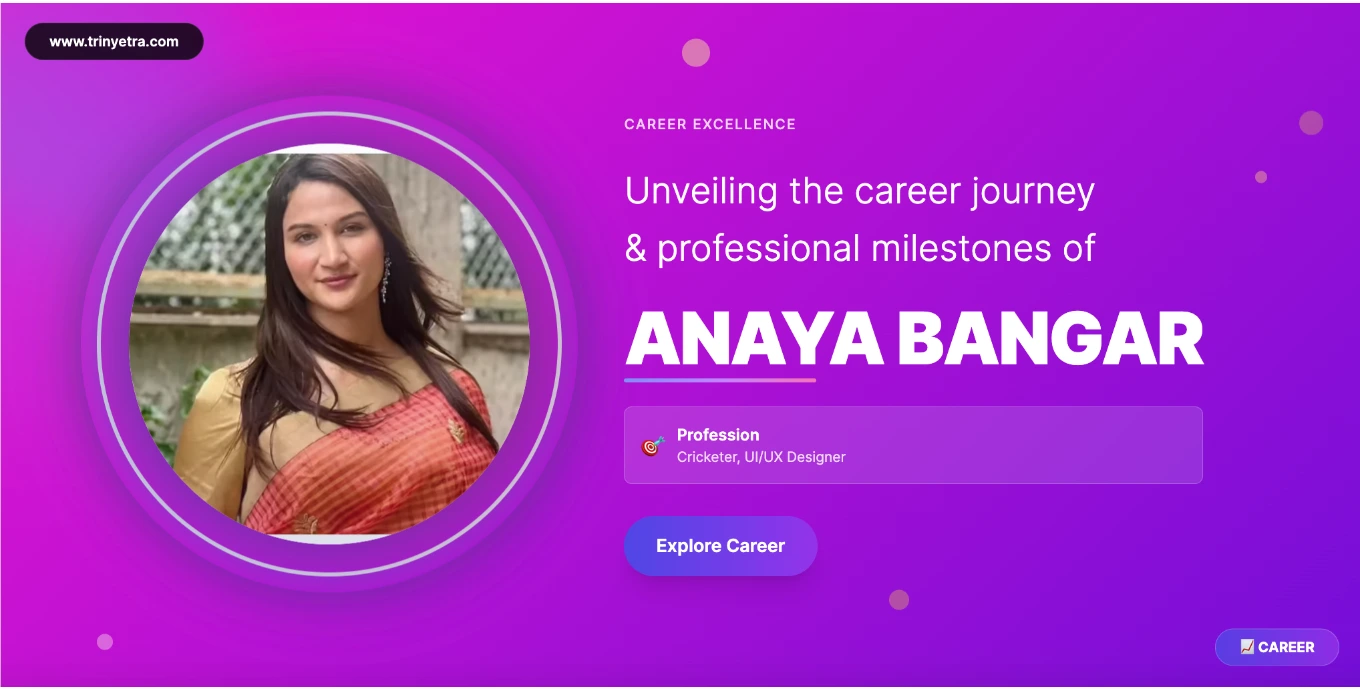
|
The harassment appears to have occurred both pre- and post-transition, suggesting that as Aryan she faced inappropriate behavior, and after transitioning to Anaya, encountered different forms of harassment exploiting her vulnerability as transgender woman in a male-dominated sports culture. This dual harassment experience—targeted as both a perceived gay man (pre-transition) and transgender woman (post-transition)—illustrates how LGBTQ+ individuals face unique risks in environments lacking proper safeguarding and accountability.
Her willingness to speak publicly, naming the issue if not specific individuals, took tremendous courage. Indian culture strongly discourages discussing sexual matters publicly, and victims often face blame ("What were you wearing?" "Why were you alone with them?") rather than support. Speaking out against cricket establishment—a powerful institution in Indian society—risked further ostracization and retaliation, yet Anaya prioritized truth-telling over continued silence.
Systemic Issues in Indian Cricket
Anaya's revelations exposed systemic problems within Indian cricket: inadequate safeguarding policies for young athletes, abuse of power by senior players and coaches, lack of reporting mechanisms allowing predatory behavior to continue unchecked, and institutional protectiveness prioritizing cricket's reputation over victim welfare. These issues mirror problems in sports globally but are particularly acute in the Indian context, where authority figures face minimal accountability.
The cricket establishment's response to her allegations appears to have been dismissive or non-existent—no public investigations announced, no policy changes implemented, no accountability for perpetrators. This silence signals to other victims that speaking out accomplishes nothing except personal cost, perpetuating a culture of silence around abuse. It also demonstrates how institutions protect themselves rather than vulnerable individuals when confronted with uncomfortable truths.
Her experiences post-transition include being excluded from teams and training opportunities without clear justification—discrimination masked as bureaucratic confusion about eligibility, but effectively punishing her for transitioning. This exclusion not only damaged her cricket career but sent a message to other LGBTQ+ athletes: "Don't come out, or you'll lose everything."
Broader #MeToo Context
Anaya's disclosures connect to India's broader #MeToo movement (2018-present), where women across industries—Bollywood, media, academia, corporate sector—shared experiences of sexual harassment and assault. The movement faced backlash, with powerful men denying allegations and supporters dismissing accusations as attention-seeking or fabrication. Many cases lacked legal resolution due to insufficient evidence, statutes of limitation, or institutional protection of the accused.
Transgender individuals face heightened vulnerability to sexual violence and harassment, but receive even less support than cisgender women when speaking out. Intersecting stigmas—transgender identity plus sexual assault victim status—create double marginalization where society doubts credibility, blames victims, and minimizes harm. Anaya's decision to speak despite these predictable responses demonstrates a commitment to systemic change over personal comfort.
Family Dynamics & Support System
Father Sanjay Bangar's Response
Sanjay Bangar's response to his daughter's transition hasn't been extensively detailed in public statements, maintaining family privacy around deeply personal matters. However, limited public information suggests complicated dynamics—possible tension between personal love for his child and social pressure from conservative cricket circles, religious community, and extended family expectations.
Many Indian parents struggle when children come out as LGBTQ+, caught between unconditional love and cultural conditioning that views LGBTQ+ identities as shameful, sinful, or Western corruption. Parents face judgment from relatives, religious communities, and social circles—"What did you do wrong?" "How could you let this happen?" This external pressure creates situations where even well-meaning parents pressure children to hide identity, seek "conversion therapy," or make family relationships conditional on conformity.
Sanjay Bangar's prominent cricket position complicated matters—his daughter's transition became public knowledge throughout the cricket community, subjecting him to conversations, questions, and judgment from colleagues, friends, and the media. How he navigated this professionally and personally remains largely private, though Anaya's move to the UK and financial independence suggest she may not rely heavily on family support, whether by choice or necessity.
Mother and Brother Relationships
Anaya's mother Kashmira Bangar and brother Atharva Bangar also navigate complex emotions around her transition. Mothers in Indian families often bear responsibility for children's behavior in family and social judgment, potentially facing particular pressure around their daughter's transgender identity. Siblings may struggle between loyalty to brother/sister and desire to maintain social status unaffected by association with an LGBTQ+ family member.
The lack of public statements from family members suggests either protective privacy, internal family conflict not aired publicly, or some combination. Many LGBTQ+ Indians describe families as "accepting but not affirming"—tolerating identity without celebrating it, maintaining a relationship but never discussing it openly, or supporting conditionally as long as identity remains private rather than publicly visible.
Chosen Family & Support Networks
Given potential limitations in biological family support, Anaya likely relies on chosen family—close friends, LGBTQ+ community connections, supportive mentors, and others who provide unconditional acceptance and practical support. The chosen family concept is crucial for LGBTQ+ individuals who may lose biological family connections but build deep, family-like relationships with people who truly accept them.
Her UK move suggests seeking an environment with a stronger LGBTQ+ community infrastructure than Mumbai provided—support groups, transgender-friendly healthcare providers, social spaces where she can exist without constant justification or fear. Geographic distance from India also provides psychological relief from judgment, allowing her to build a life centered on an authentic identity rather than managing others' reactions.
Life in Manchester, UK (2025)
Relocation & New Beginnings
Anaya Bangar currently resides in Manchester, UK, having relocated from Mumbai to build life in more LGBTQ+-inclusive environment. Manchester, while not without problems, offers significantly better conditions for transgender individuals than India: legal protections against discrimination, an established LGBTQ+ community and resources, gender-affirming healthcare through the NHS (though wait times are long), and a general social climate where transgender visibility is more normalized.
The relocation required substantial courage and resources—visa arrangements, establishing income sources in a new country, building social networks from scratch, navigating foreign systems, and living far from family and familiar culture. For many immigrants, this distance is a painful price paid for safety and opportunity to live authentically. Anaya's decision suggests weighing costs and determining that opportunities in the UK outweigh the comfort of remaining in India.
Manchester specifically hosts a vibrant LGBTQ+ scene, with the Canal Street area known for LGBTQ+ venues, annual Pride celebrations, and active community organizations providing support, advocacy, and social connection. The city also has a significant South Asian diaspora community, potentially offering cultural familiarity while living in a more progressive environment—best of both worlds for immigrants seeking to maintain cultural ties while escaping oppressive aspects of home culture.
Continuing Cricket & Design Career
In the UK, Anaya continues playing cricket with Hinckley Cricket Club in Leicester (near Manchester), participating in recreational and competitive club cricket without the institutional barriers faced in India. UK cricket clubs, while still predominantly white and male, increasingly emphasize inclusion and welcome diverse participants, including LGBTQ+ players—not perfect by any means, but more accommodating than the Indian cricket establishment.
Her design career continues remotely through Anaya Innovation, serving clients potentially in India, the UK, or globally via the internet. Remote work's flexibility allows her to maintain Indian clients (leveraging connections and market knowledge) while living in the UK, and potentially attract UK/European clients seeking quality design at competitive rates. This geographic arbitrage—earning Western rates while having Indian client relationships—can provide financial advantages.
The dual pursuit of cricket and a design career continues in the UK context, though potentially with less stress than in India, where every public appearance invited scrutiny, harassment, and discrimination. The ability to focus on cricket skill development and design work without constant identity management represents a significant quality of life improvement.
Challenges of Immigrant Life
Despite benefits, immigrant life brings challenges: cultural isolation (missing family, Indian food, cultural festivals, language), racism and xenophobia (South Asians in UK face discrimination despite long-standing community presence), visa uncertainty (depending on immigration status, potential deportation threat), and economic precarity (higher UK living costs, competitive job market).
As transgender immigrant, Anaya faces compounded marginalization—racism from white LGBTQ+ spaces, transphobia from the South Asian diaspora community, and general difficulty finding belonging in spaces divided by race, gender identity, religion, and culture. Building a support network requires finding people who accept all aspects of identity rather than demanding she minimize certain parts to fit in specific communities.
Latest Updates & Developments (2025)
Recent Advocacy & Media Presence
Throughout 2024-2025, Anaya Bangar has increased public visibility through interviews and social media, sharing her story more openly to advocate for transgender rights in sports. Her April 2024 interview discussing harassment in cricket gained widespread attention, sparking conversations about safeguarding in Indian sports and treatment of LGBTQ+ athletes.
Her social media presence on Instagram (@anayabangar) has grown as more people discover her story, follow her journey, and engage with her advocacy content. She shares personal updates, cricket training glimpses, design work, and reflections on transgender experience—creating a multidimensional portrait rather than reducing her identity solely to the "transgender athlete" label.
| Update Type | Details | Significance |
|---|---|---|
| Harassment Disclosure | April 2024 interview revealing mistreatment by senior cricketers | Sparked conversations about power abuse in Indian cricket |
| Cricket Continuation | Playing with Hinckley Cricket Club in UK | Demonstrates resilience and continued passion despite obstacles |
| Design Firm Growth | Anaya Innovation gaining clients and portfolio | Building sustainable career independent of cricket |
| Advocacy Work | Speaking publicly about transgender sports inclusion | Contributing to policy discussions and social change |
Impact on Transgender Sports Discourse
Anaya's visibility has contributed to emerging conversations in India about transgender athlete inclusion—a previously non-existent topic in Indian sports discourse. While policy changes haven't materialized yet, her story has forced sports administrators, media, and public to acknowledge the issue exists and requires a thoughtful response rather than continued ignorance.
International coverage of her story also pressures Indian sports bodies—when Western media reports on discrimination, it creates reputational concerns for India's sports image globally. This external pressure sometimes motivates changes that internal advocacy alone cannot achieve, particularly in a country conscious of its international reputation and soft power.
Personal Growth & Future Plans
At 24 years old (turning 25 in December 2025), Anaya is still early in both athletic and professional careers, with decades potentially ahead to continue cricket, grow a design business, and advocate for LGBTQ+ rights. Her experiences have positioned her as an important voice in conversations about sports inclusion, transgender rights, and building an authentic life despite systemic barriers.
Future possibilities include: expanding Anaya Innovation into a larger design agency employing other LGBTQ+ individuals, competing at higher cricket levels in the UK if opportunity and desire align, becoming a formal spokesperson for LGBTQ+ sports organizations, writing a memoir about her journey, or transitioning into coaching/mentoring roles supporting young LGBTQ+ athletes navigating similar challenges.
Controversies & Public Discourse
Transgender Athletes Debate
Anaya's story inevitably intersects with the controversial global debate about transgender women in sports—whether participation is fair given potential advantages from testosterone exposure during male puberty. This debate, occurring in Western sports prominently (swimmer Lia Thomas, cyclist Rachel McKinnon, weightlifter Laurel Hubbard), has now reached India through Anaya's visibility.
Conservative voices in India and globally argue that transgender women athletes have unfair advantages (bone density, muscle mass, lung capacity developed during male puberty) that hormone therapy cannot fully reverse. They frame inclusion as threatening fairness for cisgender women athletes who cannot compete against these advantages, effectively excluding women from their own sports categories.
Progressive voices counter that: (1) transgender women show performance variation like any demographic—not all have advantages; (2) many sports advantages are arbitrary (height in basketball, body proportions in swimming) yet acceptable; (3) participation at recreational levels shouldn't require proving lack of advantages; (4) exclusion causes significant psychological harm to transgender individuals for whom sports provide community, health benefits, and joy; (5) fair solutions can be developed (hormone level requirements, competition categories) balancing inclusion with fairness.
Anaya's case is particularly interesting because she competes primarily at club cricket level—recreational/semi-competitive rather than elite professional, where marginal advantages matter most. Her exclusion from Indian cricket suggests discrimination rather than legitimate fairness concerns, as club cricket welcomes players of vastly different skill levels and physical abilities.
Social Media Reactions & Trolling
As visible transgender person in India, Anaya faces significant online harassment and trolling—common experience for LGBTQ+ individuals with public platforms. Comments range from misgendering (deliberately using wrong pronouns/name), questioning her legitimacy as a woman, making sexual jokes about her body, claiming she's seeking attention, and general transphobic abuse.
This harassment takes a psychological toll, particularly when constant and vitriolic. Many LGBTQ+ public figures describe needing to limit social media engagement, employ moderators to filter comments, or develop thick skin to tolerate abuse as the cost of visibility. The fact that she continues advocating despite this harassment demonstrates a commitment to the cause beyond personal comfort.
Supportive responses also appear—from LGBTQ+ community members grateful for representation, allies who defend her against trolling, young people inspired by her courage, and progressives who amplify her message. These positive interactions provide encouragement to continue advocacy despite negativity, reminding her that visibility matters and changes are occurring even if slowly.
Interesting Facts & Inspiring Trivia
Here are compelling lesser-known facts about Anaya Bangar that illustrate her remarkable journey, resilience, and multifaceted identity:
- Cricket Legacy Daughter: Anaya is the daughter of Sanjay Bangar, former Indian cricketer and national team batting coach (2014-2019), who worked with cricket legends like Virat Kohli during India's most successful international period.
- Elite Teammate Experience: She played alongside Yashasvi Jaiswal (now India Test opener) and Sarfaraz Khan (India Test batsman) during club cricket in Mumbai, training with players who reached international levels.
- Left-Arm Orthodox Specialist: Developed as left-arm orthodox spin bowler—valuable specialization in Indian cricket where spin bowling is crucial and left-arm orthodox bowlers are relatively rare compared to other spin types.
- Dual Career Success: Founded Anaya Innovation, her UI/UX design firm, demonstrating entrepreneurial skills and creating sustainable income independent of cricket career or family support.
- International Relocation: Moved from Mumbai to Manchester, UK to continue cricket and design career in a more LGBTQ+-inclusive environment, showing courage to rebuild life in a foreign country for authentic living.
- Symbolic Tattoos: Has wing tattoos on her chest symbolizing freedom and transformation—a powerful metaphor for her transition journey and liberation from gender constraints that previously confined her.
- Commerce Graduate: Earned degree from Rizvi College in Mumbai, providing business knowledge useful for managing a design firm and understanding financial management despite pursuing a creative career.
- Hormone Therapy Journey: Underwent complete medical transition in 2023 including hormone replacement therapy and gender confirmation surgery, demonstrating commitment to authentic living despite medical, financial, and social costs.
- Harassment Whistleblower: Courageously spoke publicly about receiving inappropriate messages and harassment from senior cricketers, exposing systemic safeguarding failures in Indian sports despite personal risks.
- Multi-Academy Training: Trained at Mumbai Cricket Association and Cricket Association of Pondicherry—premier institutions that develop talented cricketers aspiring to represent state and national teams.
- UK Club Cricket: Joined Hinckley Cricket Club in Leicester after relocating to the UK, continuing to play cricket in a more inclusive environment than the Indian cricket establishment provided post-transition.
- Young Transgender Advocate: At just 24 years old (turning 25 in December 2025), she has become a significant voice for transgender rights in Indian sports, using her unique platform to advocate for systemic changes.
- Capricorn Determination: Born December 26, her Capricorn zodiac traits (determination, ambition, resilience) manifest clearly through her perseverance in cricket and advocacy despite facing enormous obstacles.
- Don Bosco Education: Attended Don Bosco High School in Matunga, Mumbai—a well-regarded Catholic institution known for academic standards and character development alongside education.
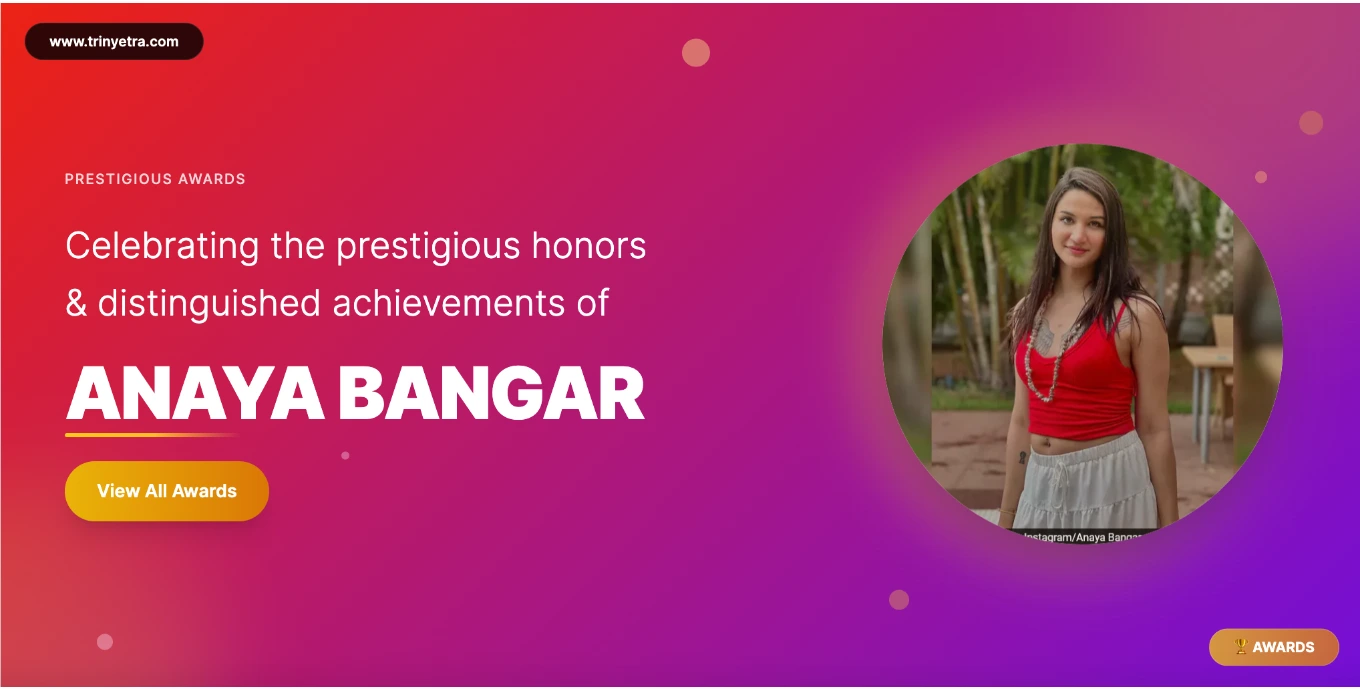
|
Social Media Presence & Public Platform
Anaya Bangar maintains an active social media presence primarily through Instagram (@anayabangar), where she shares her journey, advocates for transgender rights, documents cricket training, showcases design work, and connects with supporters. Her platform serves multiple purposes: personal expression, professional promotion, advocacy tool, and community building with other LGBTQ+ individuals and allies.
| Platform | Handle | Content Focus | Engagement Style |
|---|---|---|---|
| @anayabangar | Personal journey, cricket, design work, advocacy | Authentic sharing, educational posts, community interaction | |
| Anaya Bangar (Professional) | Design portfolio, professional networking | Career-focused, client outreach |
Content Strategy & Impact
Her Instagram content balances vulnerability with strength—sharing difficult aspects of the transition journey (discrimination, emotional struggles, family complications) while also celebrating achievements, joyful moments, and authentic living. This honest portrayal resonates with followers who appreciate complexity rather than a sanitized inspirational narrative that minimizes real challenges.
She uses the platform to educate about transgender experiences, explaining medical transition processes, correcting common misconceptions, and sharing resources for LGBTQ+ youth and families navigating similar situations. This educational content serves a crucial function in the Indian context, where accurate information about transgender identity remains scarce, with most people relying on stereotypes or misinformation.
Cricket content showcases her continued passion and skill despite obstacles—training videos, match updates, reflections on loving a sport that doesn't fully accept her. This persistence challenges narratives that transgender individuals should simply give up when facing discrimination, instead modeling resilience and determination to claim space in activities they love, regardless of others' discomfort.
Community Building & Support
Anaya's followers include: LGBTQ+ Indians seeking representation and community, young transgender individuals finding inspiration in her courage, allies wanting to support and learn, cricket fans who followed her story through media coverage, and design industry professionals connecting with her work. This diverse following creates cross-pollination between communities that might not otherwise engage—cricket fans learning about transgender rights, LGBTQ+ community becoming interested in cricket, etc.
She engages authentically with commenters, responding to questions, thanking supporters, and occasionally addressing hostile comments with educational responses rather than simply blocking. This approach, while emotionally taxing, demonstrates commitment to dialogue and changing minds rather than preaching only to already-converted supporters.
LGBTQ+ Rights in Indian Sports Context
Current Legal & Social Landscape
India's LGBTQ+ rights context is complex and contradictory. Legal progress includes: Section 377 decriminalization (2018), ending colonial-era law criminalizing homosexuality, NALSA judgment (2014) recognizing transgender persons' right to self-identified gender, and various state-level protections. However, social acceptance lags dramatically—family rejection, employment discrimination, violence, and institutional exclusion remain common LGBTQ+ experiences.
Indian sports specifically lack policies addressing LGBTQ+ participation. No major sports federation has published transgender athlete inclusion guidelines. Women's cricket, hockey, and other sports don't have clear procedures for transgender women seeking to compete. This policy vacuum leaves decisions to individual officials, making arbitrary judgments without consistency or accountability.
The broader sports culture remains intensely homophobic and transphobic—few openly LGBTQ+ athletes exist across any Indian sports, suggesting either absence (unlikely given population statistics) or closet forced by a hostile environment. Masculine sports like cricket emphasize heteronormative masculinity, making coming out professionally a risky proposition even for star athletes with financial security.
International Comparisons
Compared to Western sports organizations attempting (however imperfectly) to address transgender inclusion, India is decades behind. The International Olympic Committee developed transgender guidelines (repeatedly revised as science and politics evolve), various national sports bodies have policies (ranging from fully inclusive to restrictive), and public discourse actively debates these issues even if contentiously.
India's absence of even starting these conversations signals either institutional avoidance (hoping the issue disappears if ignored) or a genuine lack of awareness that transgender athletes exist and deserve consideration. Anaya's visibility forces these conversations to begin, uncomfortable though they may be for the cricket establishment, which prefers to avoid controversy.
Path Forward for Inclusion
Advocates push for pragmatic, tiered approaches: recreational/club sports should welcome all transgender participants without restrictions (similar to how they welcome varying skill levels and body types), competitive amateur sports might implement hormone level requirements balancing inclusion with fairness concerns, elite professional sports require more complex evaluation considering specific sport dynamics and competitive stakes.
This approach acknowledges that Anaya playing club cricket in Leicester poses no fairness concerns requiring restriction—she's simply participating in a sport she loves with others seeking exercise, community, and competition at a non-elite level. Her exclusion from Indian cricket stemmed from discrimination rather than legitimate competitive fairness considerations, making it a prime example of how transgender athlete debates often use fairness rhetoric to mask simple prejudice.
Frequently Asked Questions About Anaya Bangar
Personal Information & Identity
What is Anaya Bangar's birth name?
Anaya Bangar was born as Aryan Bangar. She changed her name to Anaya after transitioning in 2023, choosing a name that reflects her authentic gender identity as transgender woman.
How old is Anaya Bangar?
Anaya Bangar is currently 24 years old (as of October 2025), born on December 26, 2000. She will turn 25 in December 2025.
Who is Anaya Bangar's father?
Anaya's father is Sanjay Bangar, a former Indian cricketer who played for India (2001-2004) and later served as batting coach for the Indian national cricket team from 2014-2019, working with stars like Virat Kohli.
What is Anaya Bangar's gender identity?
Anaya identifies as a transgender woman. She was assigned male at birth and named Aryan, but transitioned to female gender through hormone therapy and gender confirmation surgery in 2023, now living authentically as Anaya.
Where was Anaya Bangar born?
Anaya was born in Mumbai, Maharashtra, India on December 26, 2000. She grew up in Mumbai's cricket-centric culture before later relocating to Manchester, UK.
What is Anaya Bangar's height and weight?
Anaya Bangar stands 5'4" (162 cm) tall and weighs approximately 132 lbs (60 kg). She maintains an athletic build through continued cricket training and fitness consciousness.
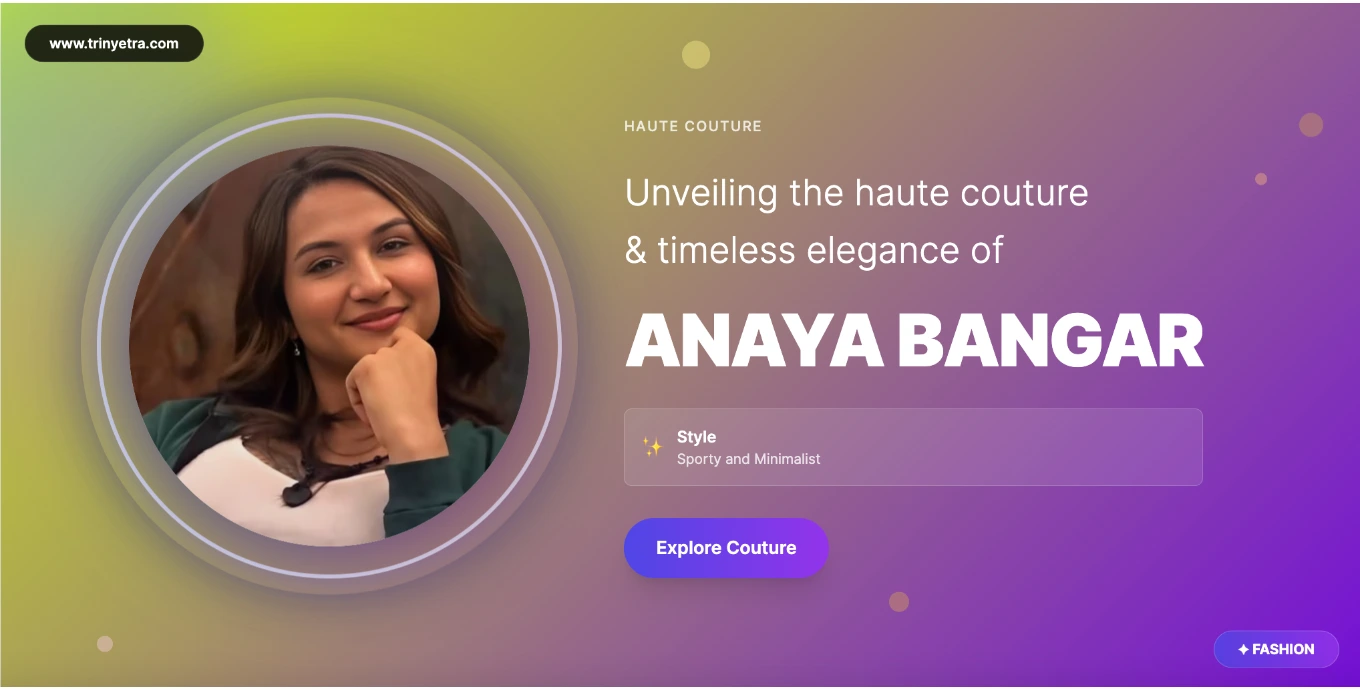
|
Transition Journey
When did Anaya Bangar transition?
Anaya publicly transitioned in 2023 at age 22-23, undergoing hormone replacement therapy (HRT) and gender confirmation surgery. She announced her transition publicly and began living full-time as a woman, changing her name from Aryan to Anaya.
What medical procedures did Anaya undergo for transition?
Anaya's medical transition included hormone replacement therapy (taking estrogen and testosterone blockers to induce feminine physical changes) and gender confirmation surgery (surgical procedures aligning her physical characteristics with gender identity). These represent significant medical interventions requiring specialized care and recovery time.
Why did Anaya decide to transition publicly?
Anaya chose public transition to live authentically despite risks of discrimination and family/social rejection. Continuing to live as Aryan while feeling female internally was psychologically unsustainable. Public transition, though difficult, allowed her to finally align external presentation with internal identity.
How did her family react to the transition?
Specific family reactions haven't been extensively detailed publicly, respecting family privacy. However, her move to the UK and financial independence suggest complex dynamics potentially involving tension between personal love and social pressure from conservative cricket and religious communities.
Cricket Career
When did Anaya start playing cricket?
Anaya began playing cricket in childhood, growing up in a cricket-centric family with father Sanjay Bangar's career providing early exposure. She made her formal club cricket debut in 2018 with Islam Gymkhana in Mumbai while still presenting as Aryan.
What is Anaya Bangar's cricket playing position?
Anaya specializes as a left-arm orthodox spin bowler—a finger spin bowling style delivered with left arm and orthodox (standard) action. This specialization is valuable in Indian cricket, where spin bowling is crucial for success.
Which famous cricketers did Anaya play with?
During her Mumbai club cricket career, Anaya played alongside Yashasvi Jaiswal (now India's Test opener) and Sarfaraz Khan (India Test middle-order batsman), training with players who reached international levels.
Can Anaya still play cricket after transitioning?
Anaya continues playing cricket with Hinckley Cricket Club in UK at recreational/club level. However, she faces exclusion from competitive Indian cricket due to the absence of transgender athlete policies and discriminatory treatment from the cricket establishment.
Why did Anaya face harassment in cricket?
Anaya revealed receiving unsolicited explicit messages and inappropriate behavior from senior cricketers during her training and early career. This harassment exploited her vulnerability as a young athlete and transgender person in a male-dominated, powerful sports institution lacking safeguarding policies.
Which cricket academies did Anaya train at?
Anaya trained at premier institutions including Mumbai Cricket Association (MCA) and Cricket Association of Pondicherry—both known for developing talented cricketers who aspire to represent state and national teams.
Professional Career & Education
What does Anaya Bangar do for a living?
Anaya works as a UI/UX designer, having founded her own design firm called Anaya Innovation. She creates user interfaces and experiences for digital products, including websites, mobile apps, and software platforms.
What is Anaya Innovation?
Anaya Innovation is Anaya's UI/UX design firm providing services including website design, mobile app interfaces, user research, brand identity design, and digital product consultation. The firm provides her primary income and professional identity beyond cricket.
What is Anaya Bangar's educational background?
Anaya completed schooling at Don Bosco High School in Matunga, Mumbai, and graduated with a Commerce degree from Rizvi College of Arts, Science and Commerce in Mumbai. She later developed UI/UX design skills through additional training.
How much does Anaya earn monthly?
Anaya's estimated monthly income is approximately ₹60,000 ($720 USD) from her design firm and potential social media partnerships. This provides modest but sustainable living, though below what her education and skills might command in stable corporate employment.
Financial Questions
What is Anaya Bangar's net worth in 2025?
As of 2025, Anaya Bangar's estimated net worth is $38,000 USD / ₹32 lakh. This modest wealth comes from her design business, limited savings, and any assets accumulated despite financial challenges that transgender Indians typically face.
How does Anaya support herself financially?
Anaya supports herself through Anaya Innovation (design firm), potential social media partnerships with progressive brands, and any sponsorships or speaking engagements related to her advocacy work. Financial independence is crucial for maintaining autonomy from family pressure.
What were the costs of Anaya's transition?
Medical transition costs in India typically range ₹2-7 lakhs depending on procedures (hormone therapy ongoing costs, gender confirmation surgery, post-operative care, medical monitoring). These expenses, often not covered by insurance, represent a significant financial burden.
Does Anaya receive family financial support?
Specific family financial arrangements haven't been publicly disclosed. However, her entrepreneurial design career and UK relocation suggest she maintains financial independence, whether by choice or necessity, due to potential family withdrawal of support post-transition.
Personal Life Questions
Is Anaya Bangar married or in a relationship?
Anaya is currently unmarried and hasn't publicly discussed romantic relationships. Dating as a visible transgender person involves unique challenges, and many choose privacy around relationships to avoid media sensationalization.
Does Anaya Bangar have any siblings?
Yes, Anaya has a younger brother named Atharva Bangar who also pursued cricket, continuing the family's cricket tradition. Their relationship dynamics post-transition haven't been extensively detailed publicly.
What is Anaya's mother's name?
Anaya's mother is Kashmira Bangar, who maintained the family household while Sanjay Bangar's cricket career required extensive travel. Her response to Anaya's transition hasn't been publicly discussed in detail.
Where does Anaya Bangar currently live?
Anaya currently resides in Manchester, UK, having relocated from Mumbai to build life in a more LGBTQ+-inclusive environment with better legal protections, community resources, and social acceptance than available in India.
What religion does Anaya follow?
Anaya follows Hinduism, her family's religion. Hinduism has a complex relationship with transgender identity—ancient texts acknowledge third gender concepts, but contemporary practice often reflects conservative social attitudes conflicting with historical acceptance.
What tattoos does Anaya have?
Anaya has wing tattoos on her chest symbolizing freedom and transformation—a powerful metaphor for her transition journey. She also has a tattoo on her right forearm (specific design not publicly detailed).
Advocacy & Social Impact
What causes does Anaya Bangar advocate for?
Anaya advocates for transgender rights in sports, creating inclusive policies and eligibility guidelines, addressing harassment and discrimination in athletics, improving medical transition access, and increasing LGBTQ+ visibility in mainstream Indian institutions.
Why is Anaya's story significant for Indian sports?
Anaya is one of the first openly transgender athletes in Indian sports history, forcing conversations about inclusion that the cricket establishment preferred avoiding. Her visibility challenges systemic discrimination and pushes institutions to develop policies rather than ignoring transgender athletes' existence.
How has Anaya been discriminated against?
Anaya faced exclusion from cricket teams post-transition, harassment by senior cricketers, lack of institutional support or clear policies, social ostracization, and systemic barriers preventing continued participation in the sport she loves despite demonstrated skills.
What harassment did Anaya reveal publicly?
In 2024 interviews, Anaya disclosed receiving unsolicited explicit messages and inappropriate behavior from senior cricketers during training—sexual harassment exploiting her vulnerable position as a young athlete and transgender person in a powerful, male-dominated institution.
Has the cricket establishment responded to Anaya's allegations?
Public responses from the Indian cricket establishment appear minimal or non-existent—no announced investigations, policy changes, or accountability for perpetrators. This silence signals institutional prioritization of reputation over victim welfare and perpetuates a culture of silence around abuse.
Comparisons & Context
Are there other transgender athletes in Indian sports?
Anaya is among the very few openly transgender athletes in Indian sports history. The absence of visible LGBTQ+ athletes across Indian sports suggests either actual absence (statistically unlikely) or a hostile environment forcing most to remain closeted.
How does India compare to other countries on transgender athlete inclusion?
India significantly lags behind Western countries attempting (however imperfectly) to address transgender inclusion. While the IOC and various national bodies have developed policies, India's sports federations lack any published guidelines, leaving transgender athletes in a policy vacuum.
What are the arguments about transgender women in sports?
Debates center on whether transgender women have unfair advantages from male puberty (bone density, muscle mass, lung capacity) versus inclusion priorities recognizing (1) performance variation within all demographics, (2) arbitrary advantages already accepted in sports, (3) recreational participation shouldn't require proving lack of advantages, (4) psychological harm of exclusion.
How is Anaya different from Western transgender athletes?
Anaya navigates a significantly more hostile cultural context—Indian society's limited LGBTQ+ acceptance, absence of legal protections against discrimination, family/community rejection pressures, and complete lack of institutional support structures that Western transgender athletes (however imperfectly) can access.
Social Media & Public Presence
What is Anaya Bangar's Instagram handle?
Anaya's Instagram handle is @anayabangar, where she shares her transition journey, cricket training, design work, and advocacy content. The platform allows her to connect with supporters and educate about transgender experiences.
How does Anaya use social media for advocacy?
Anaya uses Instagram to share personal stories humanizing transgender experiences, educate about medical transition and identity issues, correct misconceptions, showcase continued cricket passion despite obstacles, and build community with LGBTQ+ individuals and allies.
Does Anaya face online harassment?
Yes, as a visible transgender person in India, Anaya faces significant online trolling, including misgendering, questioning her legitimacy as a woman, sexual jokes, attention-seeking accusations, and general transphobic abuse—a common experience for LGBTQ+ public figures.
Future & Impact
What are Anaya's plans?
While specific long-term plans haven't been publicly detailed, possibilities include expanding her design firm, competing at higher cricket levels in the UK, formal LGBTQ+ advocacy roles, writing a memoir about her journey, or coaching/mentoring young LGBTQ+ athletes.
Can Anaya ever play for India again?
Currently unlikely without significant policy changes. Indian cricket lacks transgender athlete inclusion guidelines, and the establishment's discriminatory treatment suggests she would face barriers even if policies theoretically permitted participation. The UK offers more realistic cricket opportunities.
How has Anaya inspired others?
Anaya provides crucial representation for transgender Indians—showing authentic living is possible despite obstacles, educating the general public about transgender experiences, inspiring LGBTQ+ youth with her courage, and forcing institutions to acknowledge issues they prefer ignoring.
What changes does Anaya want to see in Indian sports?
Anaya advocates for: developing clear transgender athlete inclusion policies, creating safeguarding mechanisms protecting vulnerable athletes from harassment, training officials and athletes on LGBTQ+ inclusion, and cultural shifts toward treating transgender participants with respect and dignity.
Related LGBTQ+ Athletes & Advocates
If you found Anaya Bangar's story inspiring, you might also be interested in learning about these other groundbreaking LGBTQ+ athletes and advocates:
- Dutee Chand: Indian sprinter who became the first openly lesbian Indian athlete in 2019, challenging hyperandrogenism regulations and advocating for LGBTQ+ sports inclusion.
- Manvendra Singh Gohil: Indian prince and LGBTQ+ activist who came out publicly in 2006, advocating for gay rights and providing support services for LGBTQ+ individuals.
- Laxmi Narayan Tripathi: Hijra activist and Bharatanatyam dancer who advocated for transgender rights recognition that led to the 2014 NALSA Supreme Court judgment.
- Caitlyn Jenner: American Olympic gold medalist who transitioned publicly in 2015, bringing massive visibility to transgender issues despite controversial political stances.
- Schuyler Bailar: First openly transgender NCAA Division I swimmer (Harvard), advocating for transgender athlete inclusion and mental health awareness.
For more biographies of Indian athletes, LGBTQ+ pioneers, and cultural changemakers, explore our comprehensive coverage on Trinyetra.
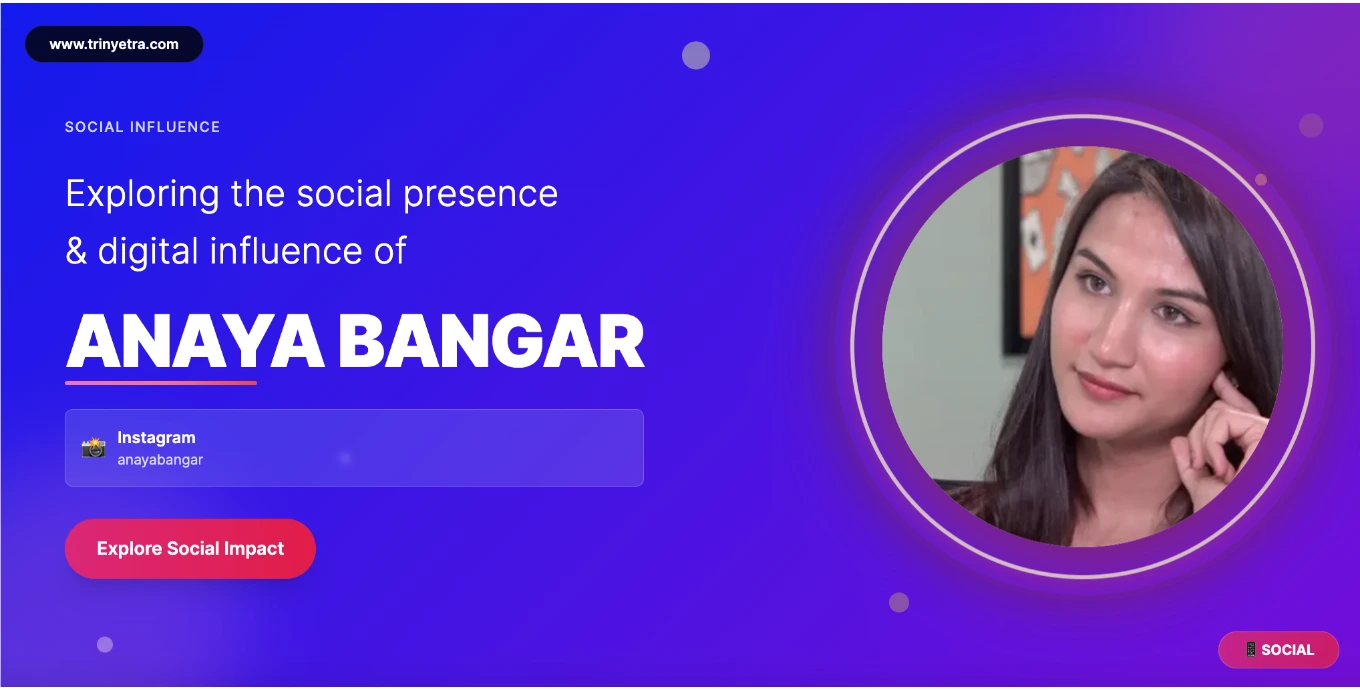
|
Related Articles
Explore the journeys of remarkable individuals who continue to inspire across industries and cultures with their unique contributions.
- Mr. Bali (Sachin Bali) Biography, Age, Net Worth, Rap Career & Latest Updates
- Michael Shannon Biography, Age, Net Worth, Height, Movies & Latest Updates
- Jonathan Majors Biography, Age, Net Worth, Height, Movies & Latest Updates
- Oscar Isaac Biography, Age, Net Worth, Height, Movies & Latest Updates
- Justice Smith Biography, Age, Net Worth, Height, Movies & Latest Updates
- John Krasinski Biography, Age, Net Worth, Height, Movies & Latest Updates
- Maniesh Paul Biography, Age, Net Worth, Wife, Movies & Latest Updates
- Abhishek Sharma Biography, Age, IPL, Girlfriend, Net Worth & Latest Updates
- Charles Melton Biography, Age, Net Worth, Height, Movies & Latest Updates
- Akshay Oberoi Biography, Age, Wife, Movies, Fighter & Latest Updates
- Abhishek Bajaj Biography, Age, Net Worth, Height, Movies & Facts
- Zeishan Quadri Bigg Boss 19: Biography, Age, Net Worth, Height, Movies & Facts
- Millie Bobby Brown Biography, Age, Net Worth, Height, Movies & Latest Updates
- Arjun Bijlani Biography, Age, Net Worth, Television Shows & Latest Updates
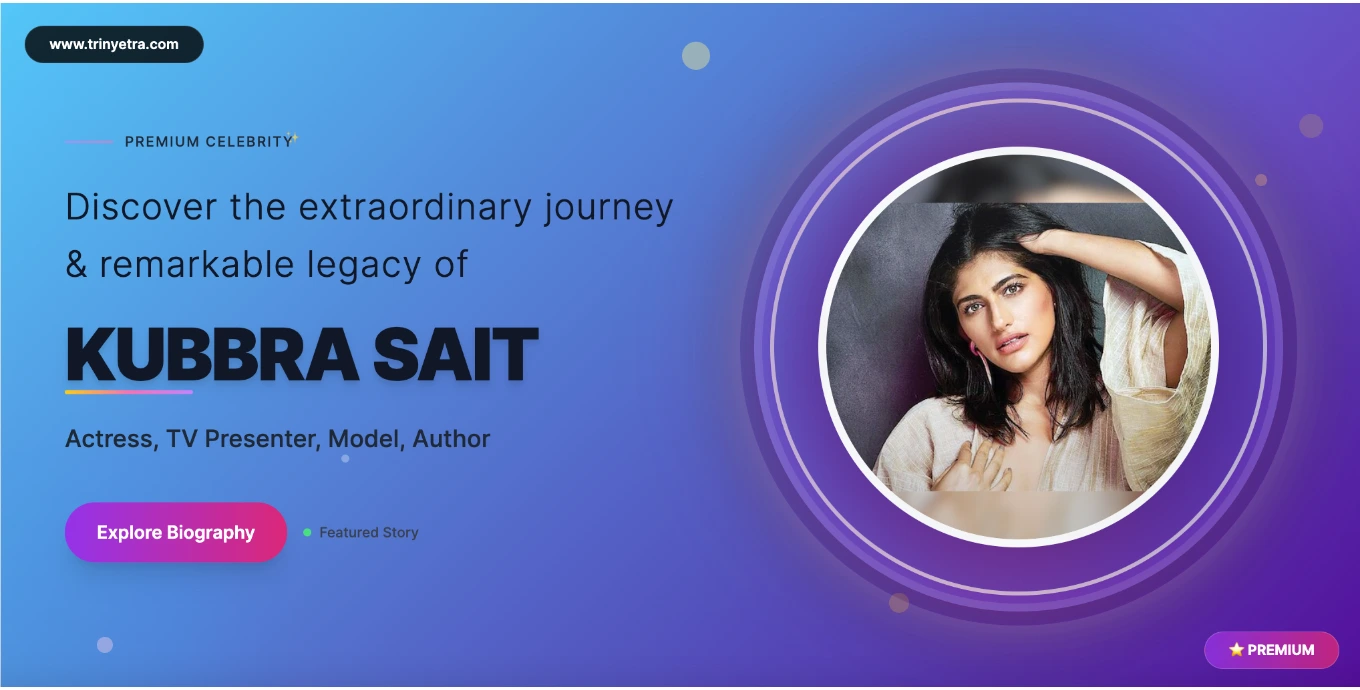
Kubbra Sait Biography, Age, Net Worth, Sacred Games, Mov...
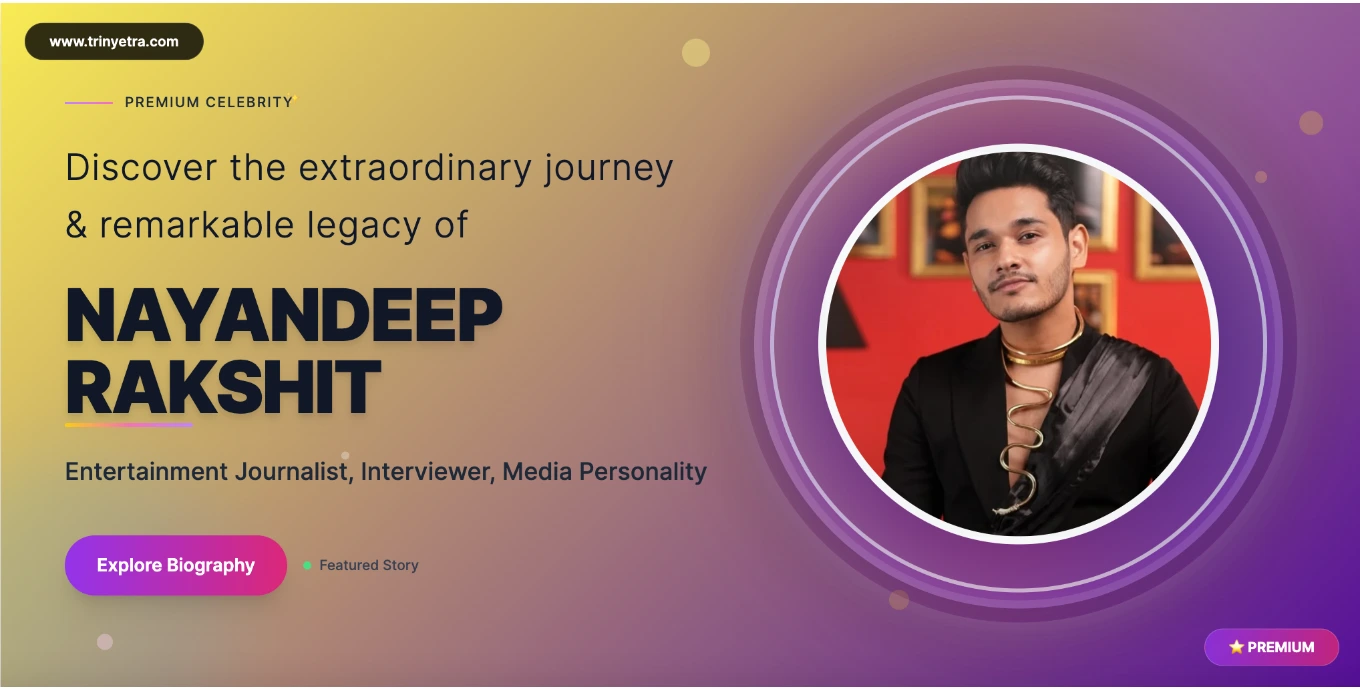
Nayandeep Rakshit Biography, Age, Net Worth, Career & Facts
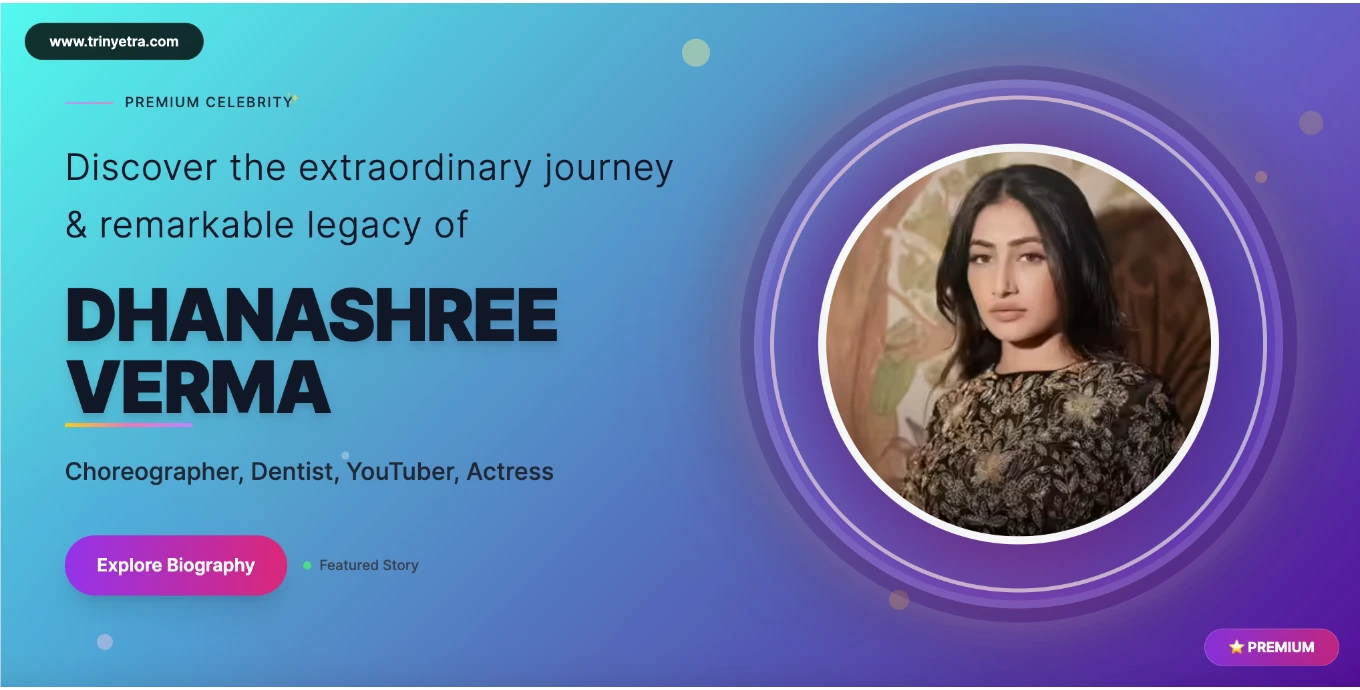
Dhanashree Verma Biography, Age, Net Worth, Dance Career...

Neha Kakkar Lifestyle, Automobiles, Family, Husband & More
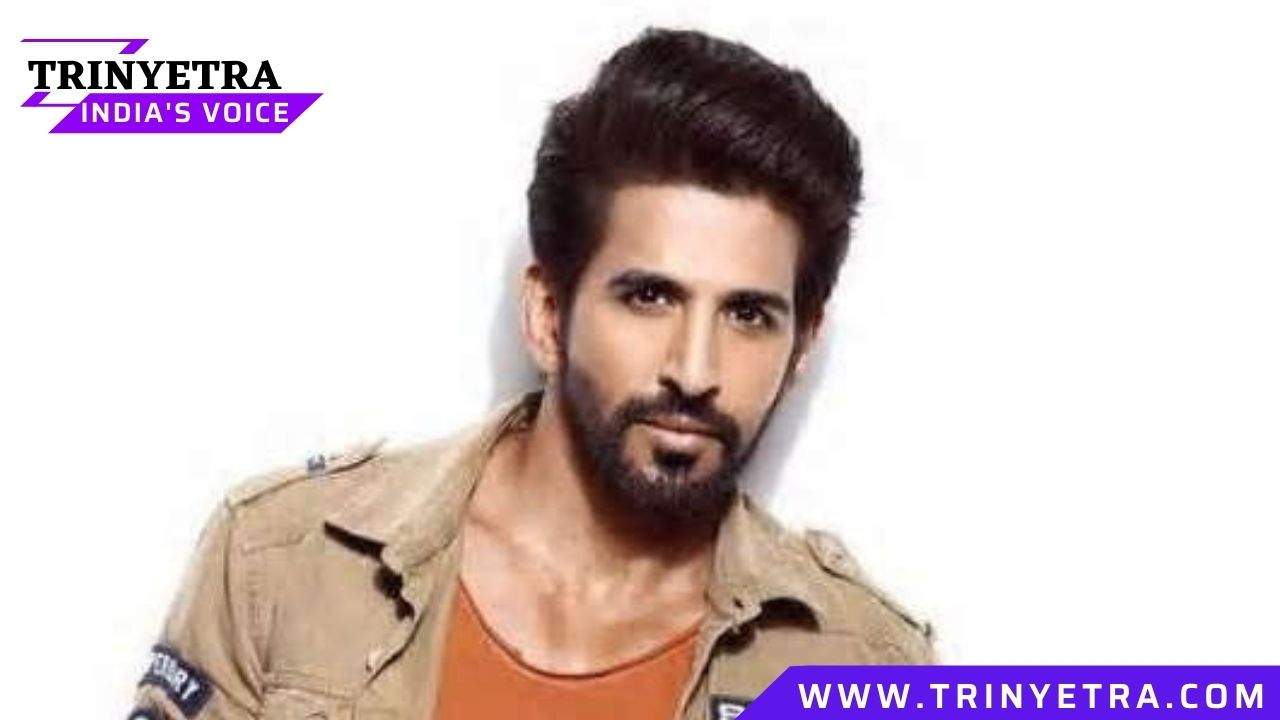
Vishal Kotian Lifestyle, Automobile, Age, Family, Affair...

Shamita Shetty Lifestyle, Automobiles, Property, Net Wor...

Amit Todon Lifestyle, Automobiles, Height, Age, Family &...

Priya Banerjee Lifestyle, Automobiles, Height, Age, Fami...

Jay Bhanushali Lifestyle, Automobiles, Affairs, Family, ...
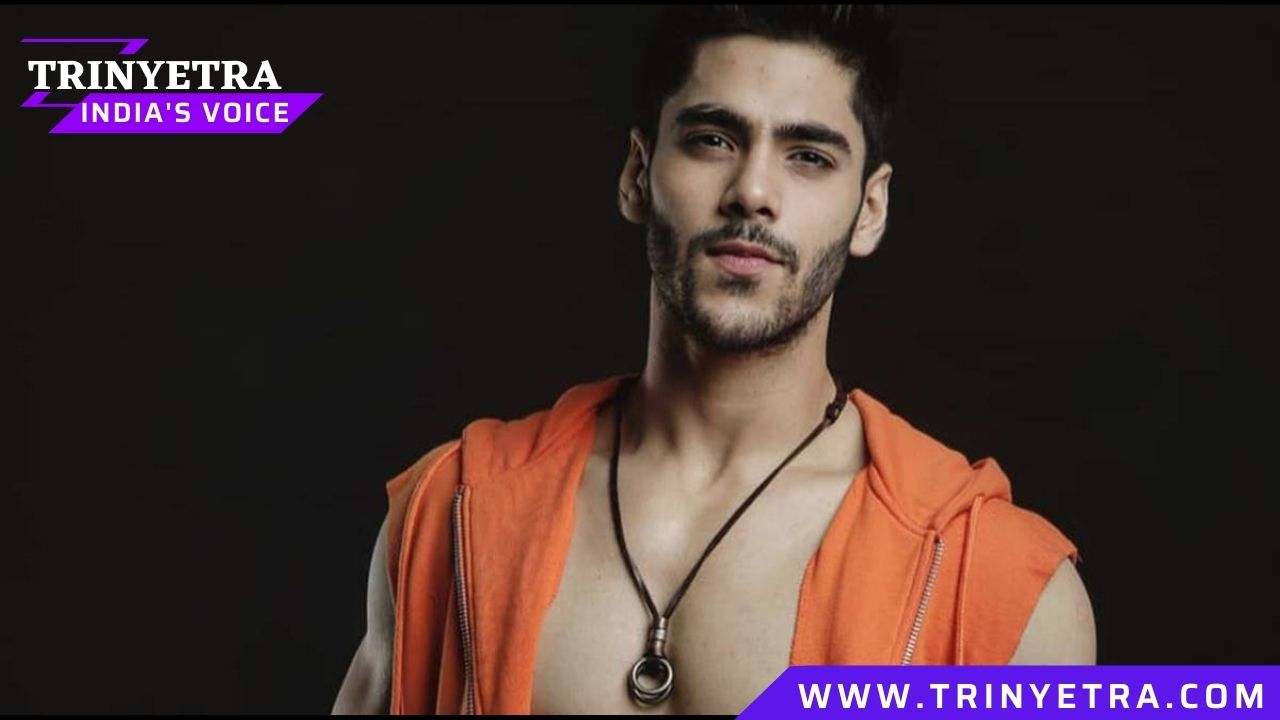
Simba Nagpal Lifestyle, Automobiles, Height, Age, Family...
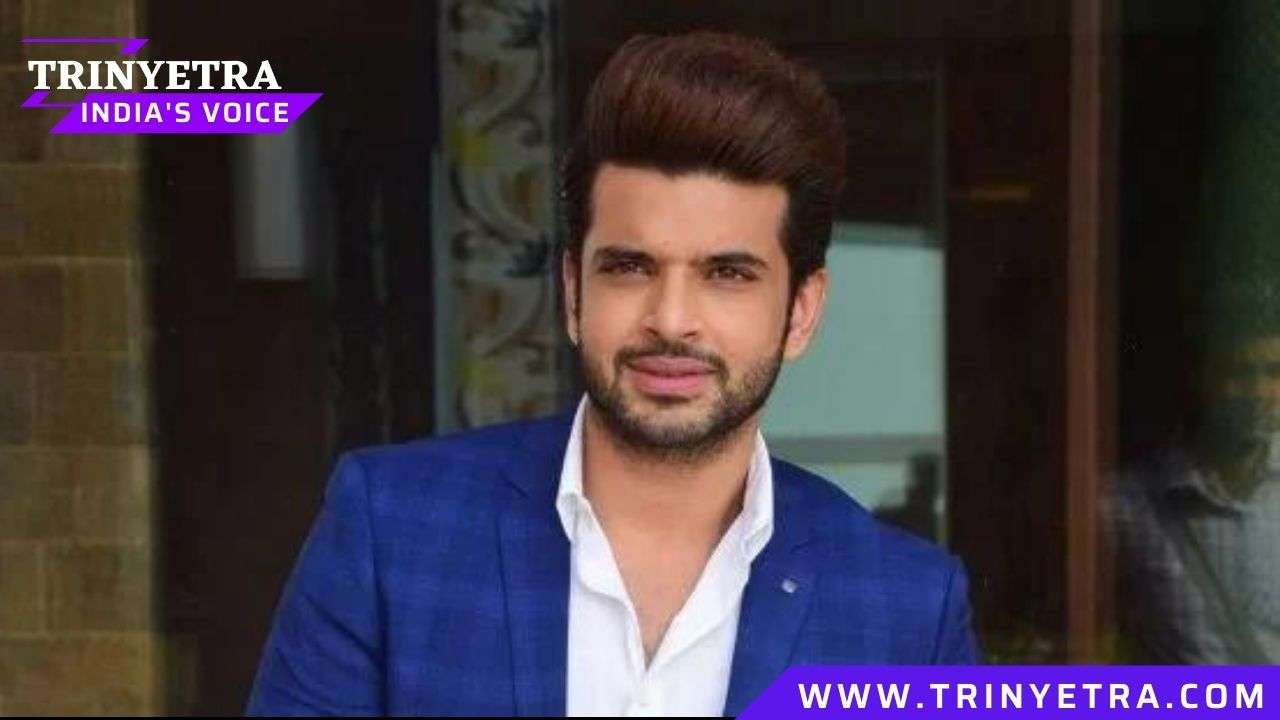
Karan Kundra Lifestyle, Automobiles, Height, Age, Family...

Miesha Iyer (Bigg Boss 15) Lifestyle, Automobiles, Heigh...

Hrithik Roshan Lifestyle, Automobiles, Height, Age, Fami...

Sharvari Wagh Upcoming Movies, Relationships, Age, Heigh...

Pratik Sehajpal (Bigg Boss 15) Lifestyle, Automobiles, H...

Priyanka Chopra (Jonas) Controversies, Husband, Age & Ma...
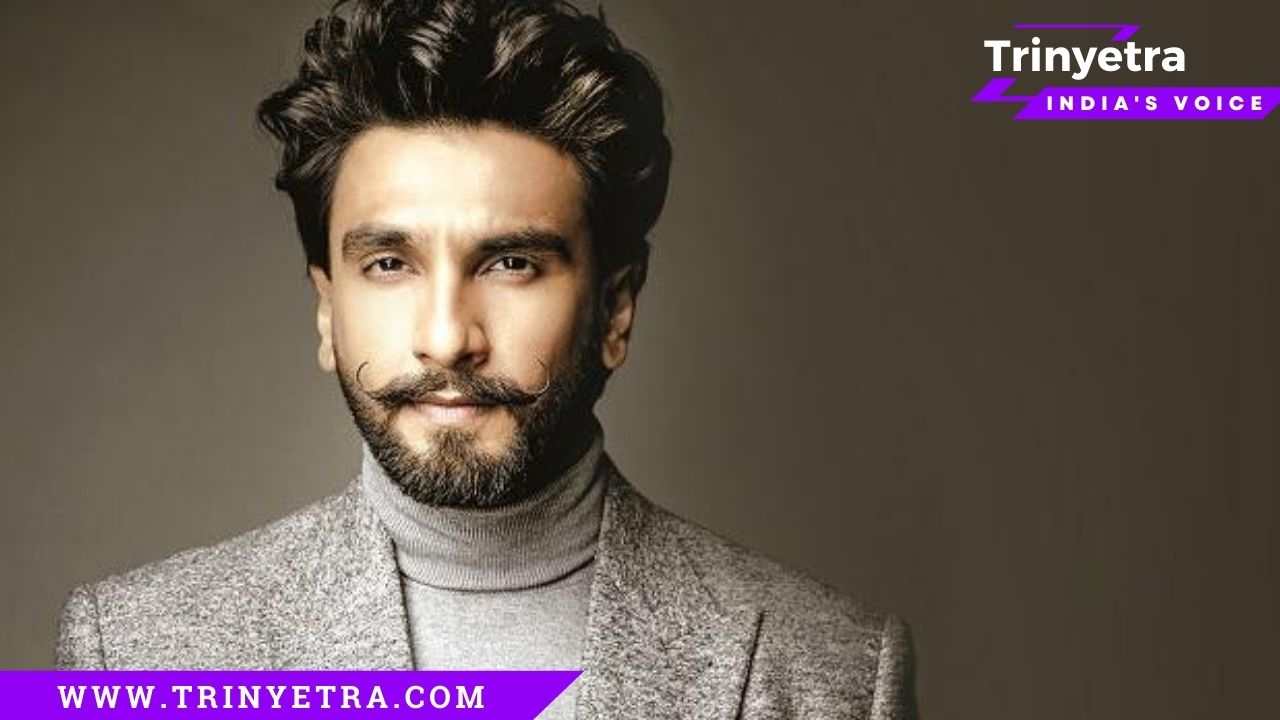
Ranveer Singh (83 movie) Biography, Affairs, Cars, Sala...

Deepika Padukone (83 FIlm) Biography, Affairs, Salary & ...

Donal Bisht (Bigg Boss 15) Lifestyle, Automobiles, Heigh...

Salman Yusuff Khan Lifestyle, Automobiles, Height, Age, ...
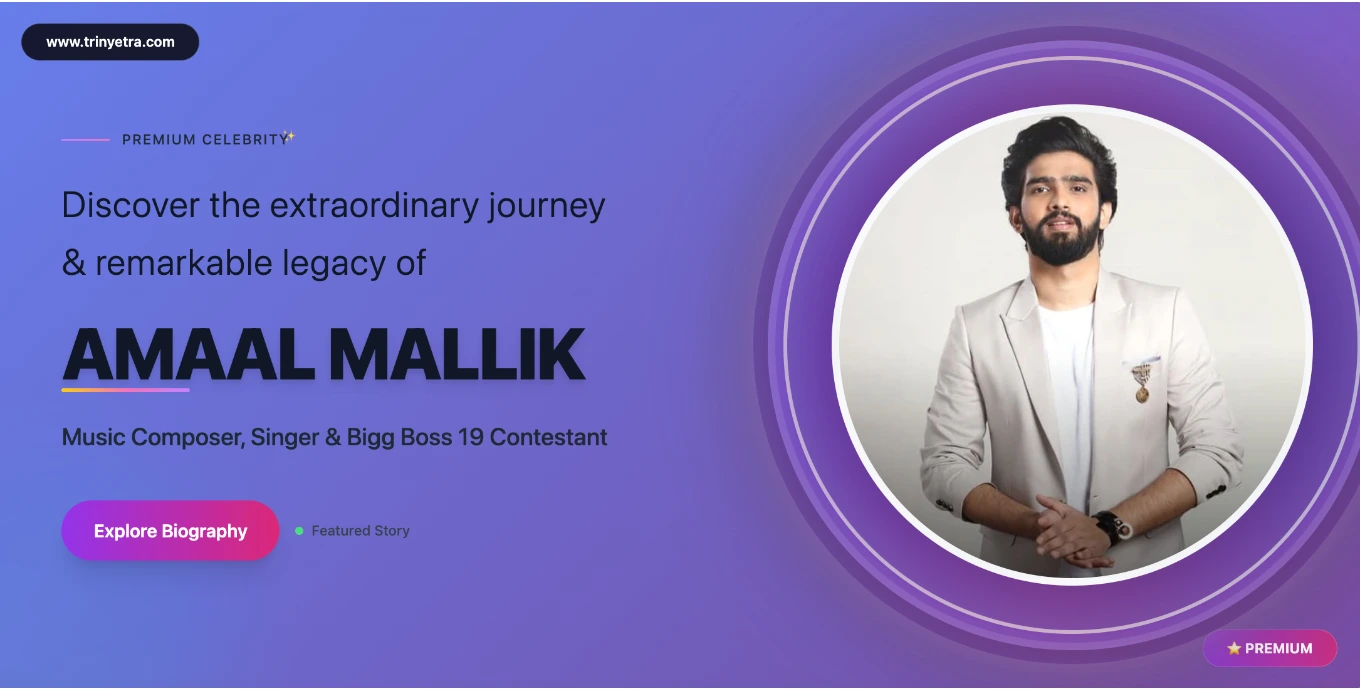
Amaal Mallik Biography, Age, Net Worth, Height, Movies &...
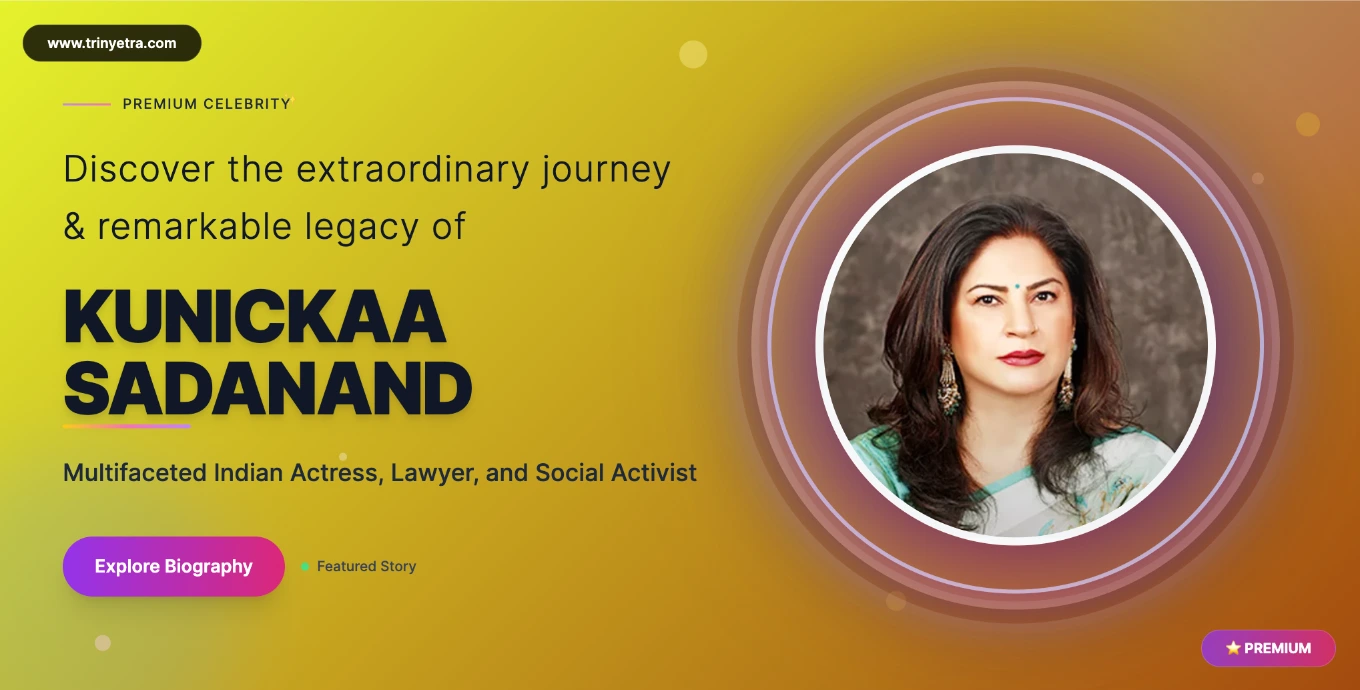
Kunickaa Sadanand Bigg Boss 19 Biography, Age, Net Worth...
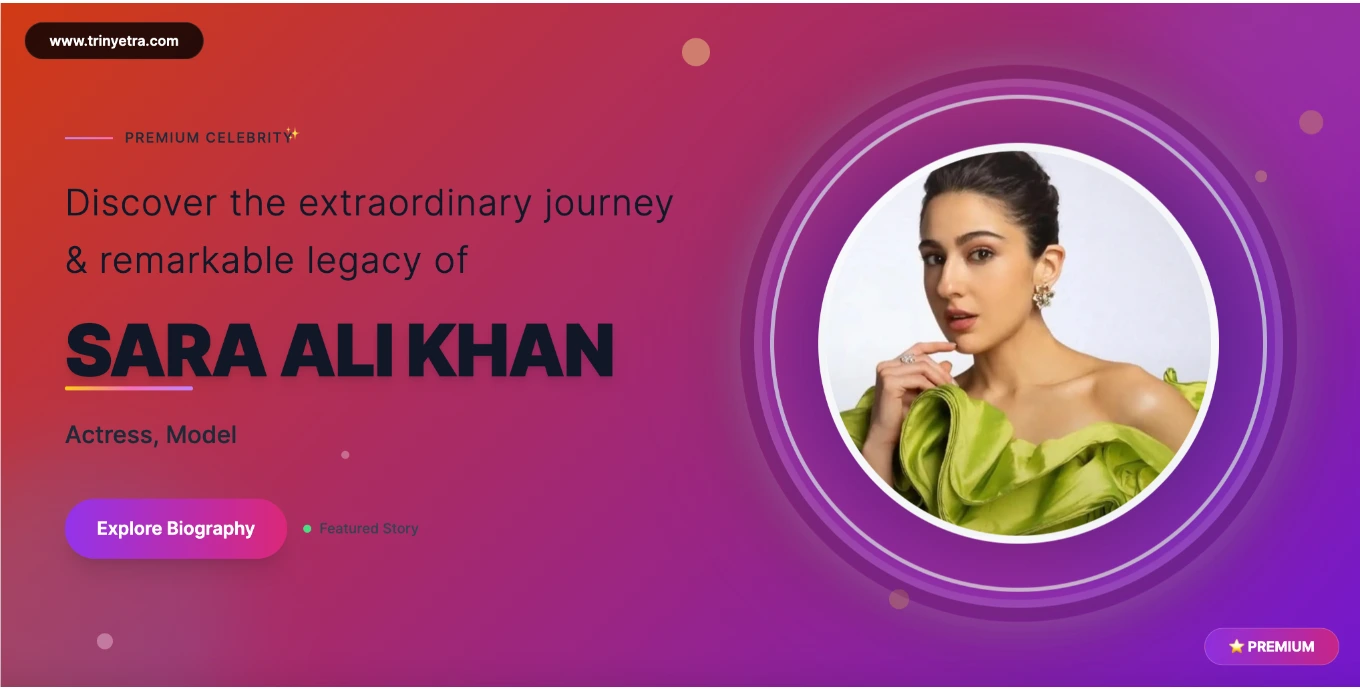
Sara Ali Khan Biography: Bollywood Icon, Age, Net Worth ...
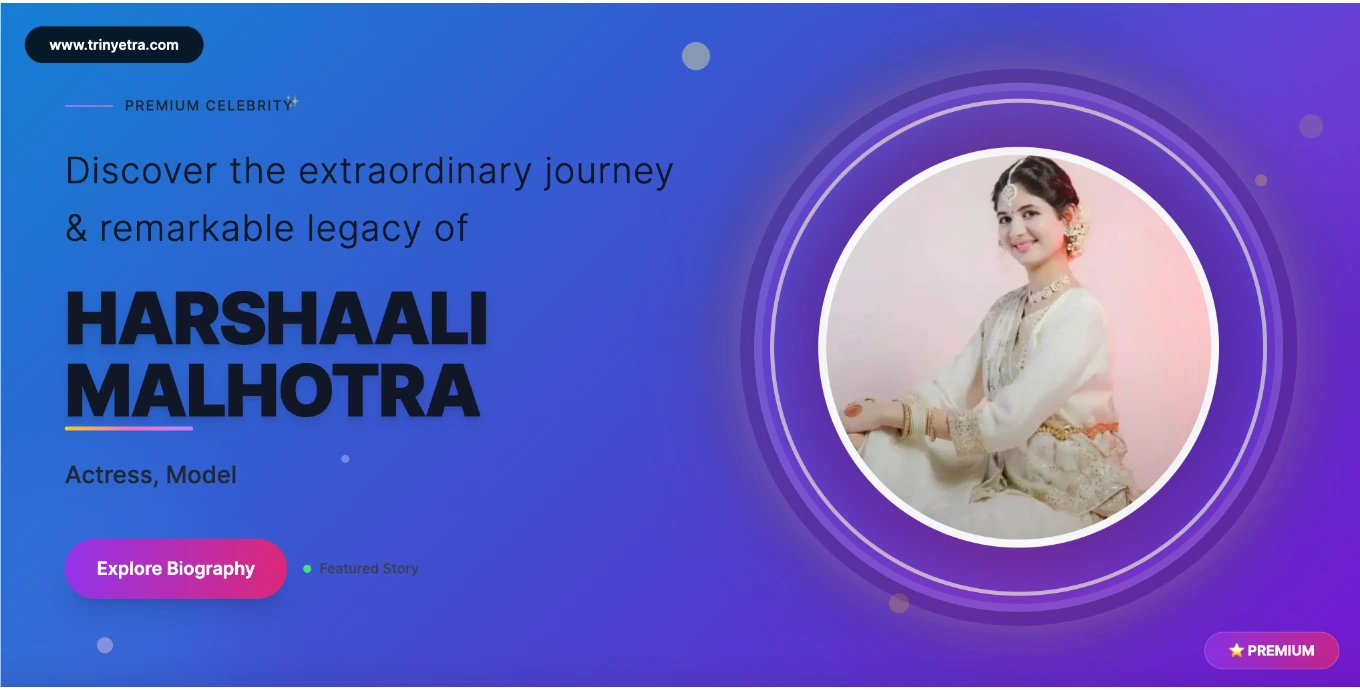
Harshaali Malhotra Biography, Age, Net Worth, Bollywood ...
